 Search by Keyword
|
“FOR YOU BLUE”
(George Harrison)
As both a songwriter and a musician, George Harrison was very accommodating when it came to The Beatles. Being the youngest member of the group, as well as knowing he was working with the very talented and prolific composers John Lennon and Paul McCartney, George's attitude was usually one of compliance. “Whatever it is that will please you, I'll do it,” he famously stated to Paul during the “Let It Be” rehearsals.
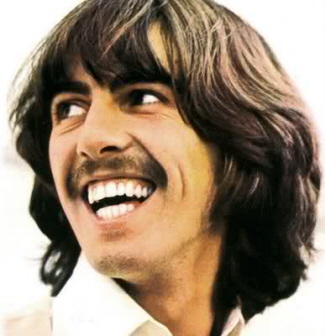 As far as George's songwriting, he explains in the “Anthology” program: “They'd been writing ever since they were at school...for me, I had to come from nowhere and start writing and to have something at least quality enough to be able to put it in the record with all their wonderous hits.” While both John and Paul were beginning to respect George's songwriting abilities as they were seeing it improve in later years, they still made it somewhat difficult for him to sneak in a composition or two whenever they were working on a new project. As far as George's songwriting, he explains in the “Anthology” program: “They'd been writing ever since they were at school...for me, I had to come from nowhere and start writing and to have something at least quality enough to be able to put it in the record with all their wonderous hits.” While both John and Paul were beginning to respect George's songwriting abilities as they were seeing it improve in later years, they still made it somewhat difficult for him to sneak in a composition or two whenever they were working on a new project.
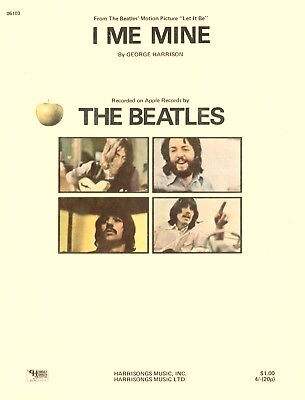 This struggle was also apparent during the January 1969 sessions that resulted in the “Let It Be” album. John continued to make it clear that he viewed The Beatles as a rock-and-roll group and wanted them to primarily develop faster numbers. Therefore, he wasn't too happy with George's proposed contributions for the project, such as “All Things Must Pass,” “Hear Me Lord” and “Let It Down.” Even when he brought forward “I Me Mine,” which the group spent a considerable amount of time rehearsing, John complained “this is a rock-and-roll band, you know” and proceeded to mockingly dance the waltz with Yoko throughout most of the rehearsals. “I Me Mine” was dropped from consideration later that month at George's suggestion, although it did eventually end up being included after all. This struggle was also apparent during the January 1969 sessions that resulted in the “Let It Be” album. John continued to make it clear that he viewed The Beatles as a rock-and-roll group and wanted them to primarily develop faster numbers. Therefore, he wasn't too happy with George's proposed contributions for the project, such as “All Things Must Pass,” “Hear Me Lord” and “Let It Down.” Even when he brought forward “I Me Mine,” which the group spent a considerable amount of time rehearsing, John complained “this is a rock-and-roll band, you know” and proceeded to mockingly dance the waltz with Yoko throughout most of the rehearsals. “I Me Mine” was dropped from consideration later that month at George's suggestion, although it did eventually end up being included after all.
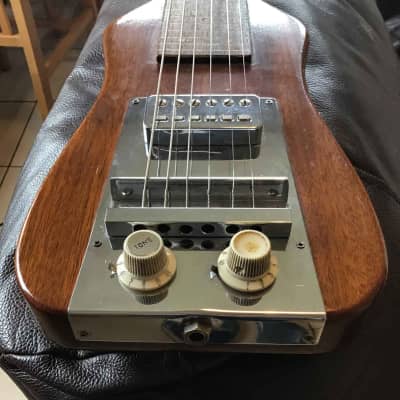 Therefore, when it came time in the latter half of January 1969 to finalize which songs were going to be included in the project, none of George's songs appeared to be in consideration. In order to appease everyone, he decided to push forward with a rocking blues-type song that he had been working on called “For You Blue.” It was uptempo and featured John on a Hofner Hawaiian lap steel guitar, something Lennon enjoyed playing. This solidified a Harrison composition being included in the project after all. Therefore, when it came time in the latter half of January 1969 to finalize which songs were going to be included in the project, none of George's songs appeared to be in consideration. In order to appease everyone, he decided to push forward with a rocking blues-type song that he had been working on called “For You Blue.” It was uptempo and featured John on a Hofner Hawaiian lap steel guitar, something Lennon enjoyed playing. This solidified a Harrison composition being included in the project after all.
Songwriting History
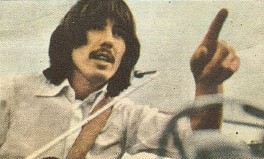 Since “For You Blue,” yet untitled, was first played instrumentally by George to his band-mates on January 6th, 1969 at Twickenham Studios while rehearsing for what became the “Let It Be” project, it can be said with some confidence that the song started to be written on this date. It followed a more-than-familiar 12-bar-blues pattern which developed into what George introduced to The Beatles as his “folk/blues” song on January 9th, 1969, it now containing some of the lyrics that we've become familiar with. Since “For You Blue,” yet untitled, was first played instrumentally by George to his band-mates on January 6th, 1969 at Twickenham Studios while rehearsing for what became the “Let It Be” project, it can be said with some confidence that the song started to be written on this date. It followed a more-than-familiar 12-bar-blues pattern which developed into what George introduced to The Beatles as his “folk/blues” song on January 9th, 1969, it now containing some of the lyrics that we've become familiar with.
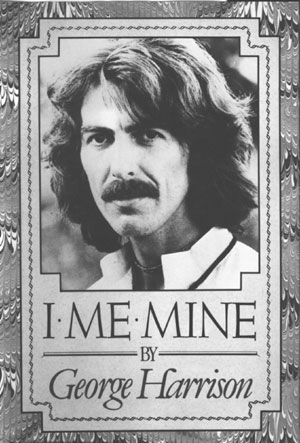 The only quote George had made about this song was in his 1980 book “I Me Mine.” “'For You Blue' is a simple twelve-bar song following all the normal twelve-bar principles, except that it's 'happy-go-lucky.' I've never written a 12-bar before. It's just a very simple foot-tapping 12-bar” Inspiration for “For You Blues,” as his original lyric sheet stipulates as its title, is said to have dated back to his stay with Bob Dylan and The Band in Woodstock, New York in November and December of 1968, as the “White Album” was just being released. George was refreshed by his experience working with these musicians, as well as his recent collaboration with Eric Clapton in writing the Cream song “Badge,” and he was eager to develop compositional styles that reflected these new-found inspirations. Lyrically, it can easily be said that “For You Blue” was in dedication to his then wife Pattie Harrison (Boyd). Also noted at the top of George's original lyric sheet for this song is "12 bar A," indicating that the song was played in the key of A but, as evidenced in Peter Jackson's "Get Back" series, he plays it with a capo on the fifth fret of his guitar, thus bringing the song into the key of D. The only quote George had made about this song was in his 1980 book “I Me Mine.” “'For You Blue' is a simple twelve-bar song following all the normal twelve-bar principles, except that it's 'happy-go-lucky.' I've never written a 12-bar before. It's just a very simple foot-tapping 12-bar” Inspiration for “For You Blues,” as his original lyric sheet stipulates as its title, is said to have dated back to his stay with Bob Dylan and The Band in Woodstock, New York in November and December of 1968, as the “White Album” was just being released. George was refreshed by his experience working with these musicians, as well as his recent collaboration with Eric Clapton in writing the Cream song “Badge,” and he was eager to develop compositional styles that reflected these new-found inspirations. Lyrically, it can easily be said that “For You Blue” was in dedication to his then wife Pattie Harrison (Boyd). Also noted at the top of George's original lyric sheet for this song is "12 bar A," indicating that the song was played in the key of A but, as evidenced in Peter Jackson's "Get Back" series, he plays it with a capo on the fifth fret of his guitar, thus bringing the song into the key of D.
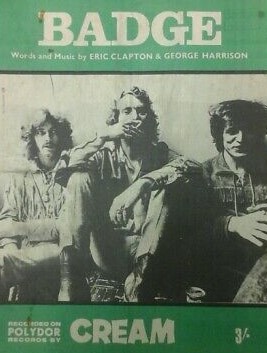 After George's brief departure from The Beatles in mid-1969, he dismissed all of his previous proposed compositions for the “Let It Be” project but reinstituted “George's Blues (Because You're Sweet And Lovely),” as the song was then referred, on January 25th, 1969. Since the lyrics were all in place by this time, it can easily be said that the writing of “For You Blue” stretched from January 6th through January 25th, 1969. After George's brief departure from The Beatles in mid-1969, he dismissed all of his previous proposed compositions for the “Let It Be” project but reinstituted “George's Blues (Because You're Sweet And Lovely),” as the song was then referred, on January 25th, 1969. Since the lyrics were all in place by this time, it can easily be said that the writing of “For You Blue” stretched from January 6th through January 25th, 1969.
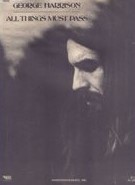 It is interesting to note that, despite George's more thought-provoking and intricate compositions of that time period, such as “All Things Must Pass” and “Hear Me Lord,” only “For You Blue” was considered appropriate by the composer to be included in the “Let It Be” project. He did muster up the confidence to introduce the deeply intricate “Something” and “Isn't It A Pity” during these late January sessions, but nonetheless, it appears that the atmosphere of the current project wasn't deemed to be appropriate for compositions of this magnitude. It was as if George realized that his more personal songs didn't fit in here and would be better suited for a future project. Hence, “For Your Blue” was a fun song that made John and Paul happy for now and, therefore, he would save those he currently felt strongly about for a more appropriate future time. It is interesting to note that, despite George's more thought-provoking and intricate compositions of that time period, such as “All Things Must Pass” and “Hear Me Lord,” only “For You Blue” was considered appropriate by the composer to be included in the “Let It Be” project. He did muster up the confidence to introduce the deeply intricate “Something” and “Isn't It A Pity” during these late January sessions, but nonetheless, it appears that the atmosphere of the current project wasn't deemed to be appropriate for compositions of this magnitude. It was as if George realized that his more personal songs didn't fit in here and would be better suited for a future project. Hence, “For Your Blue” was a fun song that made John and Paul happy for now and, therefore, he would save those he currently felt strongly about for a more appropriate future time.
Recording History
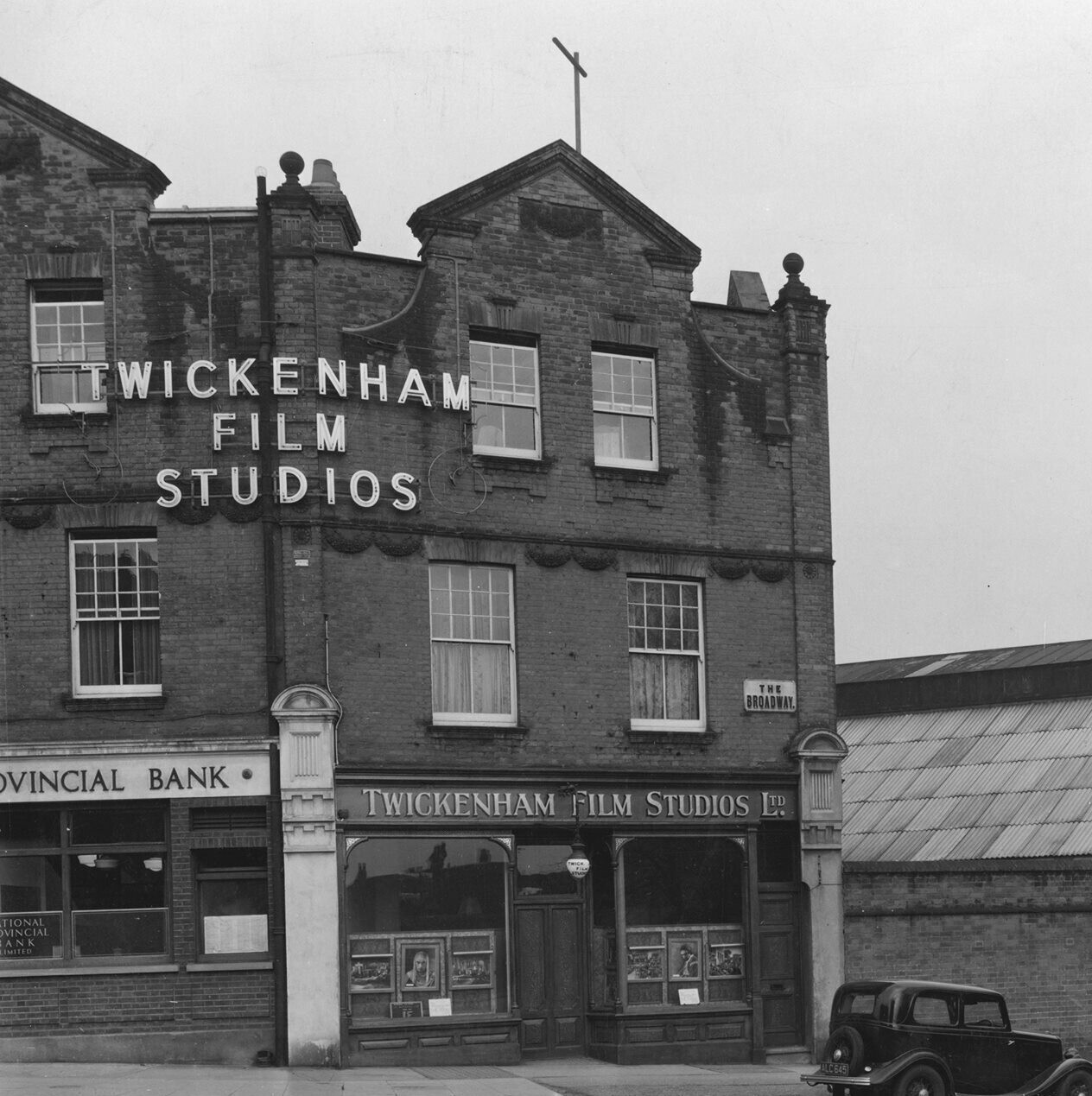 January 6th, 1969 was the first day that George brought in the as-yet-untitled “For You Blue” for The Beatles to consider for what became the “Let It Be” film and album. This was day three of their rehearsals at Twickenham Film Studios in London. It was an especially irritating day for George as he tried unsuccessfully to interest his bandmates in various new song ideas he had, these being “Hear Me Lord,” “All Things Must Pass,” “Maureen” and “For You Blue.” They did work extensively on this day, however, on John's “Don't Let Me Down” and Paul's “Two Of Us,” rehearsals for the latter song erupting a mild disagreement between Paul and George about how the guitarist should play, the above mentioned “Whatever it is that will please you, I'll do it” remark from Harrison being the result. January 6th, 1969 was the first day that George brought in the as-yet-untitled “For You Blue” for The Beatles to consider for what became the “Let It Be” film and album. This was day three of their rehearsals at Twickenham Film Studios in London. It was an especially irritating day for George as he tried unsuccessfully to interest his bandmates in various new song ideas he had, these being “Hear Me Lord,” “All Things Must Pass,” “Maureen” and “For You Blue.” They did work extensively on this day, however, on John's “Don't Let Me Down” and Paul's “Two Of Us,” rehearsals for the latter song erupting a mild disagreement between Paul and George about how the guitarist should play, the above mentioned “Whatever it is that will please you, I'll do it” remark from Harrison being the result.
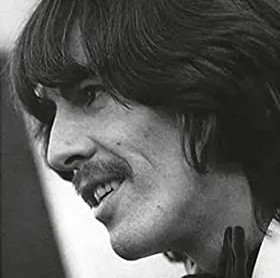 In any event, George touched on two instrumental versions of “For You Blue” toward the beginning of the session, featuring only Harrison on acoustic guitar. He knocked off two more performances on acoustic guitar the following day, January 7th, 1969, amid their extensive work on Paul's “Maxwell's Silver Hammer,” John's reinvention of “One After 909,” and an early formation of a song that would eventually become “Get Back.” In any event, George touched on two instrumental versions of “For You Blue” toward the beginning of the session, featuring only Harrison on acoustic guitar. He knocked off two more performances on acoustic guitar the following day, January 7th, 1969, amid their extensive work on Paul's “Maxwell's Silver Hammer,” John's reinvention of “One After 909,” and an early formation of a song that would eventually become “Get Back.”
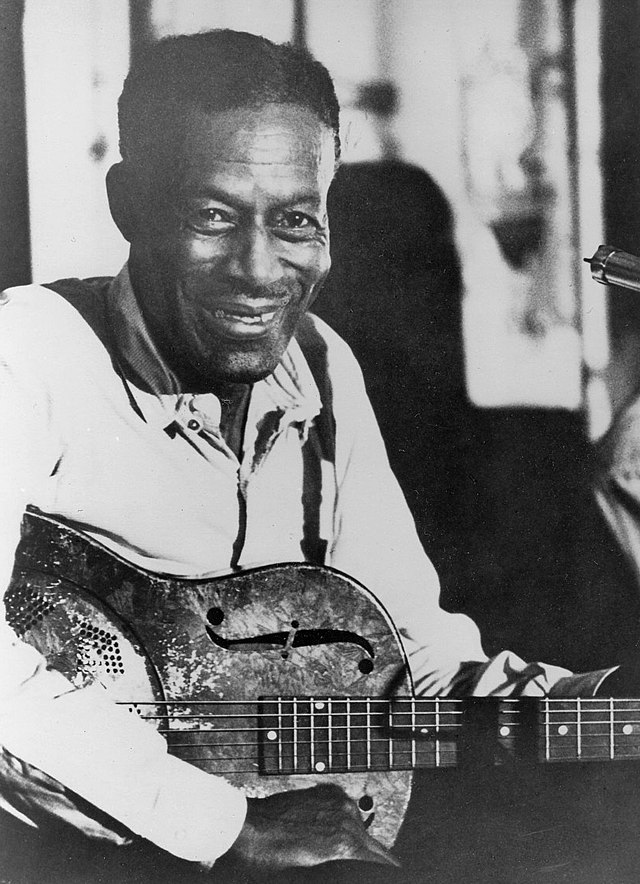 George was persistent with his “folk/blues” song, as he referred to “For You Blue”at the time, on January 9th, 1969 at Twickenham Studios, when he led The Beatles through a total of fifteen versions of the song in order to acquaint them with how it went. Concerning the arrangement, George said he wanted it to sound like "those bluesy people, but the folky ones." He expressed that he had in mind Son House, who was a veteran blues performer who had recently been rediscovered and brought out of retirement in the blues revival of the '60s. After George went through a few acoustic guitar versions of the song, he was eventually joined by Paul on piano and John playing a walking bass line on electric guitar before they went on to other tunes, such as Paul's “Two Of Us.” Paul and John may not have viewed this composition too seriously at this point, but they were obviously enjoying vamping to the 12-bar blues pattern. The lyrics don't appear to have been formed completely at this point, George focusing on the lines “Because your're sweet and lovely girl, I love you” and “I love you more than ever.” George was persistent with his “folk/blues” song, as he referred to “For You Blue”at the time, on January 9th, 1969 at Twickenham Studios, when he led The Beatles through a total of fifteen versions of the song in order to acquaint them with how it went. Concerning the arrangement, George said he wanted it to sound like "those bluesy people, but the folky ones." He expressed that he had in mind Son House, who was a veteran blues performer who had recently been rediscovered and brought out of retirement in the blues revival of the '60s. After George went through a few acoustic guitar versions of the song, he was eventually joined by Paul on piano and John playing a walking bass line on electric guitar before they went on to other tunes, such as Paul's “Two Of Us.” Paul and John may not have viewed this composition too seriously at this point, but they were obviously enjoying vamping to the 12-bar blues pattern. The lyrics don't appear to have been formed completely at this point, George focusing on the lines “Because your're sweet and lovely girl, I love you” and “I love you more than ever.”
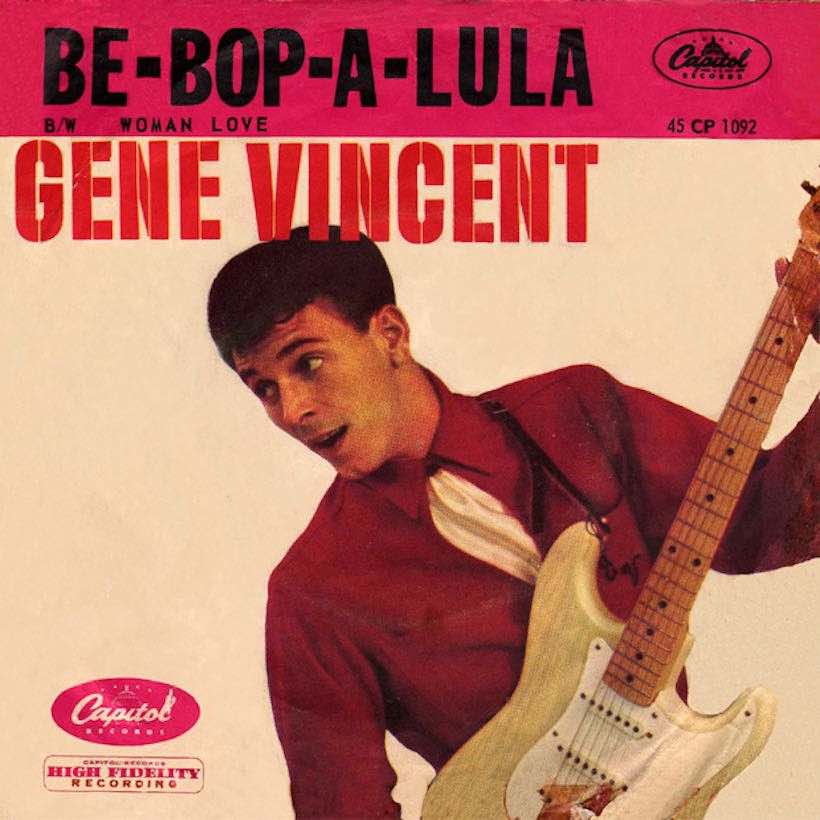 They returned to the song later on that day, at “a quarter to four” as the slate documentor stated, Paul complaining “It was a little bit loud for me.” John replies, “Leave the group then, if you don't like it!” Paul yells out for the “technicians” as John references “Hotel Liverpool” while they run through an impromptu rendition of “For You Blue” as seen in Peter Jackson's "Get Back" series. Both George and John are on electric guitars at this point, with Paul on bass and Ringo on drums, their standard line-up. Including some false starts, they ran through this song a number of times amid jamming on some oldies, such as “Honey Hush,” “Be-Bop-A-Lula” and “Slippin' And Slidin.'” George still hadn't formulated the lyrics fully yet, John stating, “Pretty short, isn't it?' after one rehearsal. They returned to the song later on that day, at “a quarter to four” as the slate documentor stated, Paul complaining “It was a little bit loud for me.” John replies, “Leave the group then, if you don't like it!” Paul yells out for the “technicians” as John references “Hotel Liverpool” while they run through an impromptu rendition of “For You Blue” as seen in Peter Jackson's "Get Back" series. Both George and John are on electric guitars at this point, with Paul on bass and Ringo on drums, their standard line-up. Including some false starts, they ran through this song a number of times amid jamming on some oldies, such as “Honey Hush,” “Be-Bop-A-Lula” and “Slippin' And Slidin.'” George still hadn't formulated the lyrics fully yet, John stating, “Pretty short, isn't it?' after one rehearsal.
 The song was then dropped until January 21st, 1969 of the “Let It Be” sessions.” George had quit The Beatles for a short time and agreed to return as long as they moved to their new Apple Studio in the basement of their Headquarters on Savile Row in London for the remainder of the “Let It Be” project. Harrison also wanted to drop all of his own compositions that he had previously introduced for consideration for the project, the exceptions being “For You Blue” and a new composition “Window Window” that was touched on briefly on this day. This unproductive session began in the afternoon after the equipment that was installed by electronics wizard Alex “Magic Alex” Mardas was deemed unsatisfactory, the solution being portable equipment from EMI Studios brought in and installed to work with George Harrison's recording unit. The song was then dropped until January 21st, 1969 of the “Let It Be” sessions.” George had quit The Beatles for a short time and agreed to return as long as they moved to their new Apple Studio in the basement of their Headquarters on Savile Row in London for the remainder of the “Let It Be” project. Harrison also wanted to drop all of his own compositions that he had previously introduced for consideration for the project, the exceptions being “For You Blue” and a new composition “Window Window” that was touched on briefly on this day. This unproductive session began in the afternoon after the equipment that was installed by electronics wizard Alex “Magic Alex” Mardas was deemed unsatisfactory, the solution being portable equipment from EMI Studios brought in and installed to work with George Harrison's recording unit.
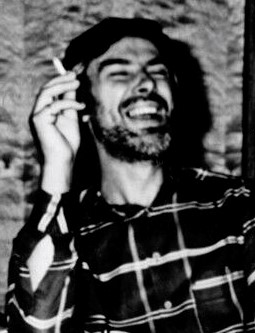 January 25th, 1969, was the day that 'George's Blues (Because You're Sweet And Lovely),” as “For You Blue” was referred to at the time, was worked on in earnest at Apple Studios. Engineer / Producer Glyn Johns proposed that The Beatles should perfect one song at a time during this project, recording each one whenever they felt confident and then move on to the next one. Since they felt quite good about recordings they've already made for the songs "Get Back" and "Two Of Us," George suggesting these to be released as the next Beatles single, the next song to be tackled was "For You Blue." It appeared that The Beatles were now on a roll. January 25th, 1969, was the day that 'George's Blues (Because You're Sweet And Lovely),” as “For You Blue” was referred to at the time, was worked on in earnest at Apple Studios. Engineer / Producer Glyn Johns proposed that The Beatles should perfect one song at a time during this project, recording each one whenever they felt confident and then move on to the next one. Since they felt quite good about recordings they've already made for the songs "Get Back" and "Two Of Us," George suggesting these to be released as the next Beatles single, the next song to be tackled was "For You Blue." It appeared that The Beatles were now on a roll.
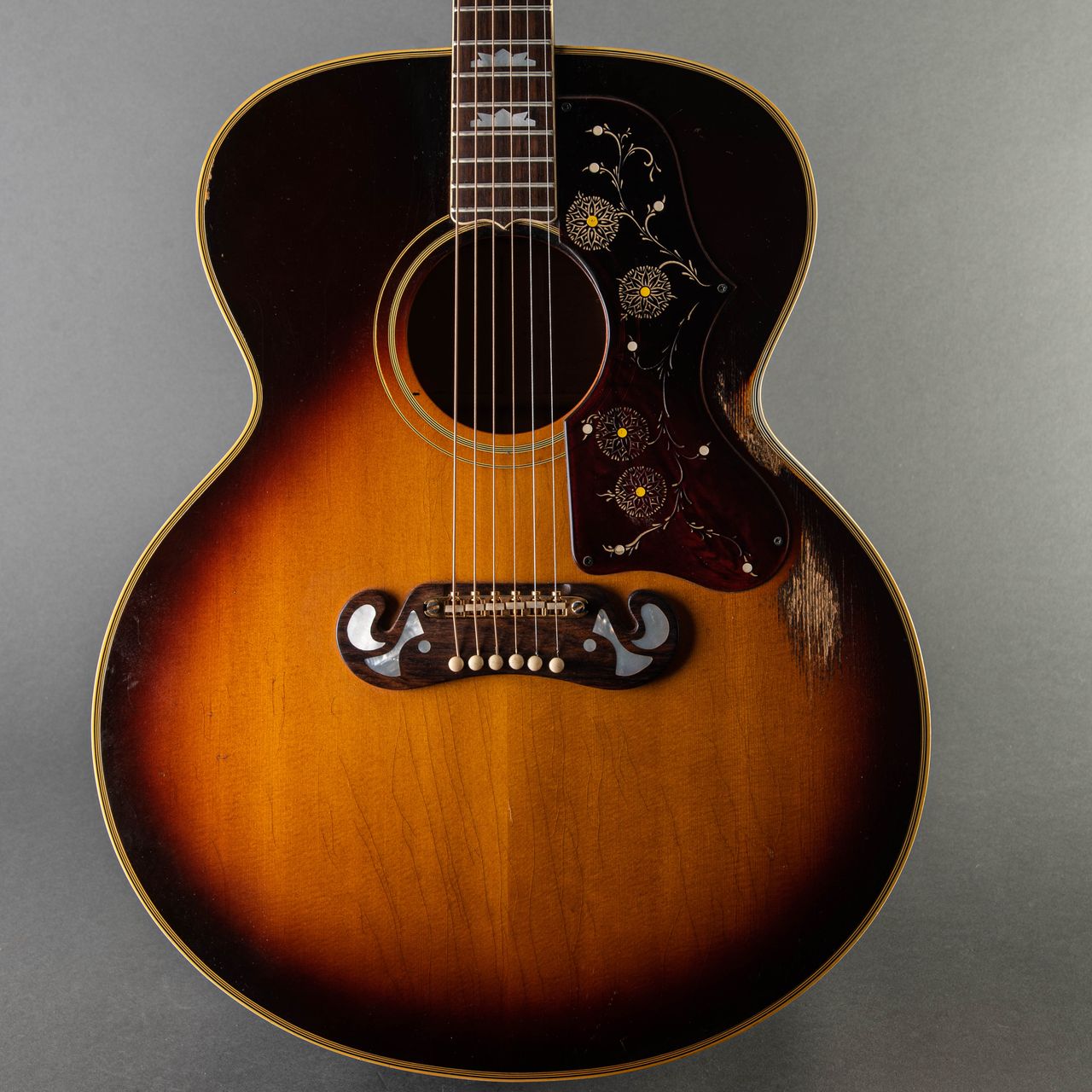 George led his band-mates through the song on his Gibson J-200 acoustic guitar and vocals, Paul playing piano in the absence of Billy Preston on this day, Ringo playing drums with brushes, and John playing a recently acquired Hofner Electric Hawaiian lap-steel guitar, a “Hawaiian Standard,” which was tuned to a D7 chord that he played proficiently with a slide and without a pick. With Lennon aquanting himself with this instrument, The Beatles ran through George's song a total of 28 times, 13 of which were recorded once they felt they were capable of nailing down a competent rendition. "The main thing with this, in my head," George informed them before any tapes rolled, "is it's influenced by those old fellas, you know, where nothing was professional at all, so it's really just, like, a one-take wonder. But we may have a four-take wonder!" Although some of the “Let It Be” sessions during this period can be categorized as uninspired and dreary, their work on “For Your Blue” on this day lifted the mood of the band considerably. George led his band-mates through the song on his Gibson J-200 acoustic guitar and vocals, Paul playing piano in the absence of Billy Preston on this day, Ringo playing drums with brushes, and John playing a recently acquired Hofner Electric Hawaiian lap-steel guitar, a “Hawaiian Standard,” which was tuned to a D7 chord that he played proficiently with a slide and without a pick. With Lennon aquanting himself with this instrument, The Beatles ran through George's song a total of 28 times, 13 of which were recorded once they felt they were capable of nailing down a competent rendition. "The main thing with this, in my head," George informed them before any tapes rolled, "is it's influenced by those old fellas, you know, where nothing was professional at all, so it's really just, like, a one-take wonder. But we may have a four-take wonder!" Although some of the “Let It Be” sessions during this period can be categorized as uninspired and dreary, their work on “For Your Blue” on this day lifted the mood of the band considerably.
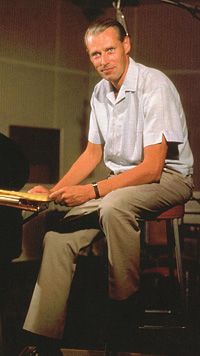 They ran through the song a few times until they were confident enough to request George Martin and Glyn Johns to attemp a proper recording. "Take one," which is featured on the 1996 released album “Anthology 3,” begins with Paul on piano instead of George's acoustic guitar as we're used to hearing. The others join in shortly thereafter and put in an impressive performance throughout, Paul playing piano in a straightforward bluesy style that covers the bass notes since no one is playing bass guitar on the song. Interestingly, only one verse is used for a solo at this point, John's slide guitar being the focal point. George inadvertently ends the song by singing, “I love you more each moment I'm with you,” John then concluding the song rather awkwardly, which causes him to chuckle. They ran through the song a few times until they were confident enough to request George Martin and Glyn Johns to attemp a proper recording. "Take one," which is featured on the 1996 released album “Anthology 3,” begins with Paul on piano instead of George's acoustic guitar as we're used to hearing. The others join in shortly thereafter and put in an impressive performance throughout, Paul playing piano in a straightforward bluesy style that covers the bass notes since no one is playing bass guitar on the song. Interestingly, only one verse is used for a solo at this point, John's slide guitar being the focal point. George inadvertently ends the song by singing, “I love you more each moment I'm with you,” John then concluding the song rather awkwardly, which causes him to chuckle.
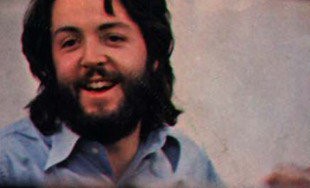 Before "take two" begins, George decides to include a four-measure acoustic guitar intro, explaining to John, “OK, just make it one on each,” to which Lennon answers, “OK.” After this take ends, a decision is made to lengthen the song, this being done by adding a second solo verse after John's solo verse is complete, Paul therein being showcased on piano. On "take three," George's guitar intro is extended to five-measures, an additional measure being added at the end. However, when the solo section comes up, George forgets to allow Paul to have his solo verse and begins singing. John then shouts out “Piano!”, to which George sheepishly recites "I've loved that piano from the moment that I saw you." After "take four," which is featured in various 2021 Anniversary editions of the "Let It Be" album, George affirms "That sounded lovely," but thereafter suggests a change to the piano sound. Before "take two" begins, George decides to include a four-measure acoustic guitar intro, explaining to John, “OK, just make it one on each,” to which Lennon answers, “OK.” After this take ends, a decision is made to lengthen the song, this being done by adding a second solo verse after John's solo verse is complete, Paul therein being showcased on piano. On "take three," George's guitar intro is extended to five-measures, an additional measure being added at the end. However, when the solo section comes up, George forgets to allow Paul to have his solo verse and begins singing. John then shouts out “Piano!”, to which George sheepishly recites "I've loved that piano from the moment that I saw you." After "take four," which is featured in various 2021 Anniversary editions of the "Let It Be" album, George affirms "That sounded lovely," but thereafter suggests a change to the piano sound.
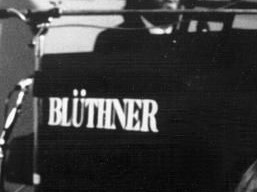 "It would be nice to make the piano like one of those very bad old honky-tonks, rather than a Bluthner grand," George interjects. "Something so it doesn't sound as...," which prompts engineer Glyn Johns to suggest, "Nice!" As witnessed in the Peter Jackson "Get Back" series, George Martin inserts newspaper between the hammers and strings of the piano at the top end, the strings below middle C remaining open. "What does the paper do?", asks director Michael Lindsay-Hogg, George Harrison answering, "change the sound," to which Lindsay-Hogg agrees, "yeah, it's tinnier." "Less like a Bluthner, in short," George Martin explains, to which Glyn Johns adds, "A f*cked up Bluthner!" This was implimented for the remainder of the takes on this day, creating a suitable "tack piano" sound. At this point, Ringo progressed to using sticks instead of brushes, while Paul relinquished his traditional bluesy piano style in favor of some quirky chording on the higher keys where the newspaper was, leaving the bass tones of the song to be played by John on his lap steel guitar. "It would be nice to make the piano like one of those very bad old honky-tonks, rather than a Bluthner grand," George interjects. "Something so it doesn't sound as...," which prompts engineer Glyn Johns to suggest, "Nice!" As witnessed in the Peter Jackson "Get Back" series, George Martin inserts newspaper between the hammers and strings of the piano at the top end, the strings below middle C remaining open. "What does the paper do?", asks director Michael Lindsay-Hogg, George Harrison answering, "change the sound," to which Lindsay-Hogg agrees, "yeah, it's tinnier." "Less like a Bluthner, in short," George Martin explains, to which Glyn Johns adds, "A f*cked up Bluthner!" This was implimented for the remainder of the takes on this day, creating a suitable "tack piano" sound. At this point, Ringo progressed to using sticks instead of brushes, while Paul relinquished his traditional bluesy piano style in favor of some quirky chording on the higher keys where the newspaper was, leaving the bass tones of the song to be played by John on his lap steel guitar.
 It was apparent that they were becoming quite happy with their performance of the song and thereby getting close to nailing the perfect recording. "Personally, I was a phenomenon," Lennon says after one take, adding, "My solo was out of this world!" As seen in Peter Jackson's "Get Back" documentary series, John displays his intense interest in getting the recording perfect, something that was usually not the case with Harrison compositions. "Should we keep that and do another? George? 'Cause I'm gonna go for my peak in a minute," Lennon states, adding, "I think I'm hitting my best now!" When George was trying to record the song's introduction, it was John who instructed, "Just don't talk when he's playing!" They began "take six" with George performing the guitar intro, but Paul forgot that they had added a fifth measure onto the intro and mistakenly came in early, to which the guitarist replied, “Just as well.” After someone rattles ice in a drinking glass, George tries twice more to get his guitar intro done correctly but fails both times. After John yells “QUIET PLEASE,” George nails the intro and The Beatles perform a near flawless rendition of the song. It was apparent that they were becoming quite happy with their performance of the song and thereby getting close to nailing the perfect recording. "Personally, I was a phenomenon," Lennon says after one take, adding, "My solo was out of this world!" As seen in Peter Jackson's "Get Back" documentary series, John displays his intense interest in getting the recording perfect, something that was usually not the case with Harrison compositions. "Should we keep that and do another? George? 'Cause I'm gonna go for my peak in a minute," Lennon states, adding, "I think I'm hitting my best now!" When George was trying to record the song's introduction, it was John who instructed, "Just don't talk when he's playing!" They began "take six" with George performing the guitar intro, but Paul forgot that they had added a fifth measure onto the intro and mistakenly came in early, to which the guitarist replied, “Just as well.” After someone rattles ice in a drinking glass, George tries twice more to get his guitar intro done correctly but fails both times. After John yells “QUIET PLEASE,” George nails the intro and The Beatles perform a near flawless rendition of the song.
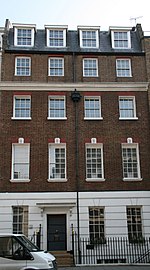 This version, "take six," appealed to all but, because of them being perfectionists, they decided to record six more renditions in case they could do it even better. "Take nine" was quite good, the solo section of which was used in the “Let It Be” movie as a backdrop to where all four Beatles are arriving individually at the Apple Building on Savile Row to record in their basement studio. This segment then cuts to the group performing "take six" of the song as mentioned above. This version, "take six," appealed to all but, because of them being perfectionists, they decided to record six more renditions in case they could do it even better. "Take nine" was quite good, the solo section of which was used in the “Let It Be” movie as a backdrop to where all four Beatles are arriving individually at the Apple Building on Savile Row to record in their basement studio. This segment then cuts to the group performing "take six" of the song as mentioned above.
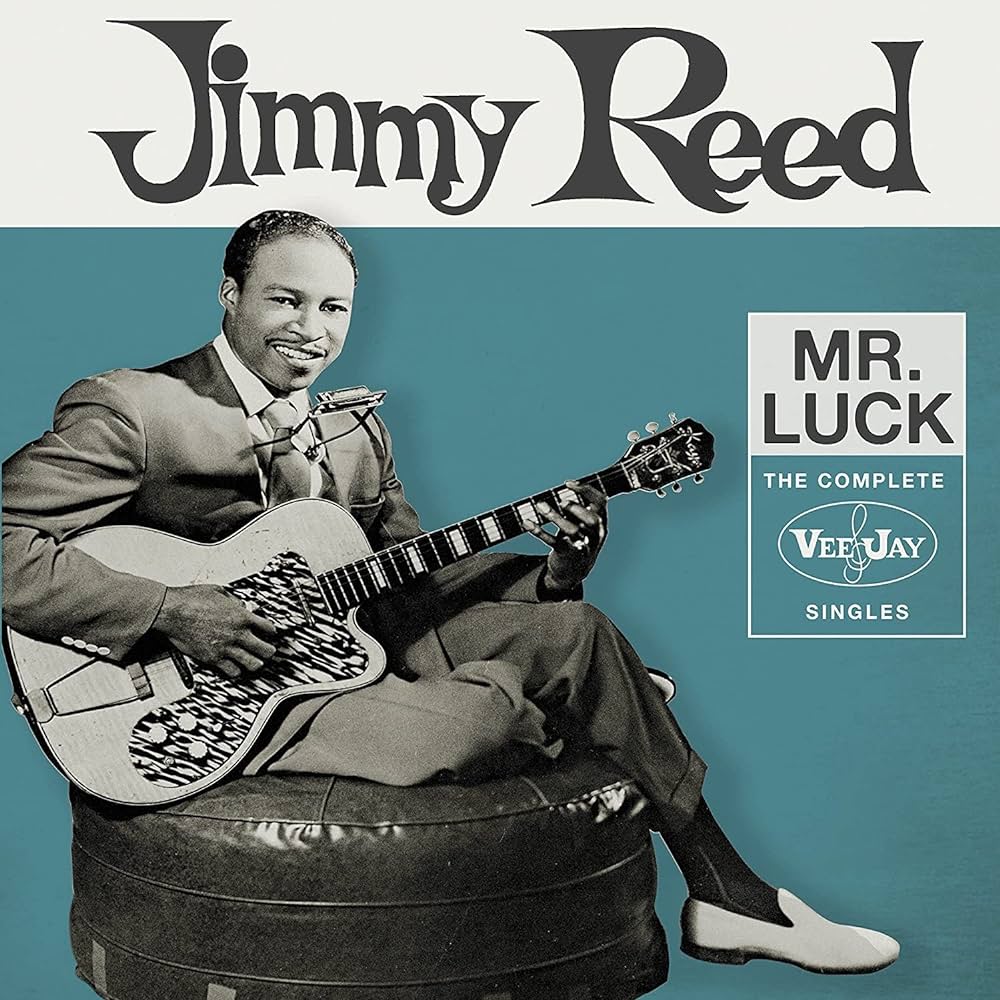 "Take 12" was also an excellent performance, which showed them clearly enjoying the recording process. So as to introduce Paul's solo verse, George says “Mr. Bluthner,” a reference to the Bluthner grand piano that he was playing. During this solo, John yells out “Yes, Jim” as an expression of his approval. As this take concludes, all congratulate themselves for this possibly being the best rendition yet, George stating, "It felt nice!" At one point, John joked about his slide guitar work, "A few genuine Jimmy Reed slips there! Sometimes you just pull the guitar like that," Jimmy Reed being an American blues musician, songwriter and fellow Vee-Jay Records label-mate that they admired. "Take 12" was also an excellent performance, which showed them clearly enjoying the recording process. So as to introduce Paul's solo verse, George says “Mr. Bluthner,” a reference to the Bluthner grand piano that he was playing. During this solo, John yells out “Yes, Jim” as an expression of his approval. As this take concludes, all congratulate themselves for this possibly being the best rendition yet, George stating, "It felt nice!" At one point, John joked about his slide guitar work, "A few genuine Jimmy Reed slips there! Sometimes you just pull the guitar like that," Jimmy Reed being an American blues musician, songwriter and fellow Vee-Jay Records label-mate that they admired.
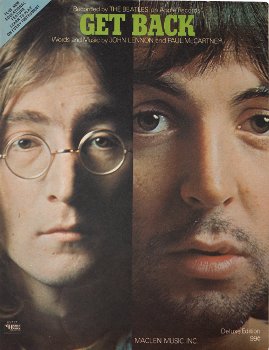 After hearing a playback of "take six" and "take 12," George Martin suggested that they edit the best parts of both to create a final mix. George Harrison objected to this since he felt "take six" was the best overall by itself and they wanted to continue with their "honest" recording policy for this project. Although their recordings of "Get Back" and "Two Of Us" from previous days were deemed worthy of release at the time, "take six" of "For You Blue" recorded on this day was actually the first officially recorded song of the "Get Back / Let It Be" project to appear on the released album, albeit with newer vocals that were recorded at a later date. After hearing a playback of "take six" and "take 12," George Martin suggested that they edit the best parts of both to create a final mix. George Harrison objected to this since he felt "take six" was the best overall by itself and they wanted to continue with their "honest" recording policy for this project. Although their recordings of "Get Back" and "Two Of Us" from previous days were deemed worthy of release at the time, "take six" of "For You Blue" recorded on this day was actually the first officially recorded song of the "Get Back / Let It Be" project to appear on the released album, albeit with newer vocals that were recorded at a later date.
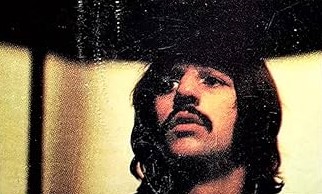 On January 29th, 1969, in order to run through all contenders for the rooftop concert the following day or for the project as a whole, The Beatles returned to “For You Blue” one last time, attempting three more rehearsals/recordings of the tune. Although these renditions were competent enough, and a little heavier in feel, "take six" from January 25th, 1969 was still deemed best. This was the last time the group ever performed the song. On January 29th, 1969, in order to run through all contenders for the rooftop concert the following day or for the project as a whole, The Beatles returned to “For You Blue” one last time, attempting three more rehearsals/recordings of the tune. Although these renditions were competent enough, and a little heavier in feel, "take six" from January 25th, 1969 was still deemed best. This was the last time the group ever performed the song.
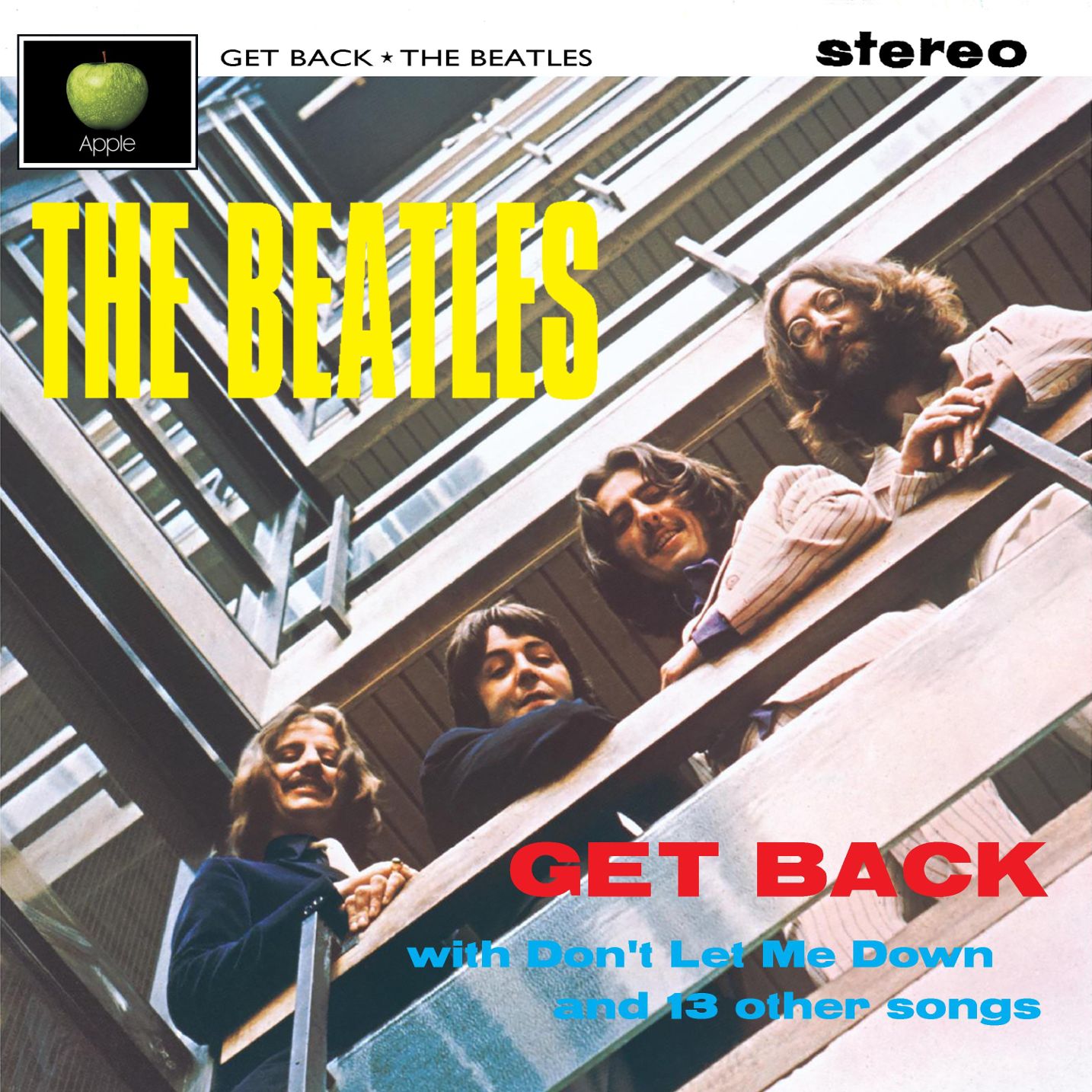 On March 10th, 1969, Glyn Johns (and possibly George Martin) entered Olympic Sound Studios in London for the first mixing session for the proposed “Get Back” album, which was due out in the summer of that year. Remembering George's preference for "take six" of “Because You're Sweet And Lovely,” as it was now titled, a stereo mix of this take was prepared on this day. (Note here that there were no mono mixes needed anymore for Beatles recordings due to mono releases being phased out by this time.) In the spirit of the 'live in the studio' feel The Beatles wanted for this album, they prepared this mix beginning from the rattling ice in a glass sound on the master tape, this including two false starts from George on acoustic guitar and John's shout “Quiet Please!” Of course, the proposed “Get Back” album for this summer, which was compiled and banded on May 28th, 1969 by George Martin, Glyn Johns and engineer Steve Vaughan with this as the first song on side two, was ultimately put on hold for the time being. On March 10th, 1969, Glyn Johns (and possibly George Martin) entered Olympic Sound Studios in London for the first mixing session for the proposed “Get Back” album, which was due out in the summer of that year. Remembering George's preference for "take six" of “Because You're Sweet And Lovely,” as it was now titled, a stereo mix of this take was prepared on this day. (Note here that there were no mono mixes needed anymore for Beatles recordings due to mono releases being phased out by this time.) In the spirit of the 'live in the studio' feel The Beatles wanted for this album, they prepared this mix beginning from the rattling ice in a glass sound on the master tape, this including two false starts from George on acoustic guitar and John's shout “Quiet Please!” Of course, the proposed “Get Back” album for this summer, which was compiled and banded on May 28th, 1969 by George Martin, Glyn Johns and engineer Steve Vaughan with this as the first song on side two, was ultimately put on hold for the time being.
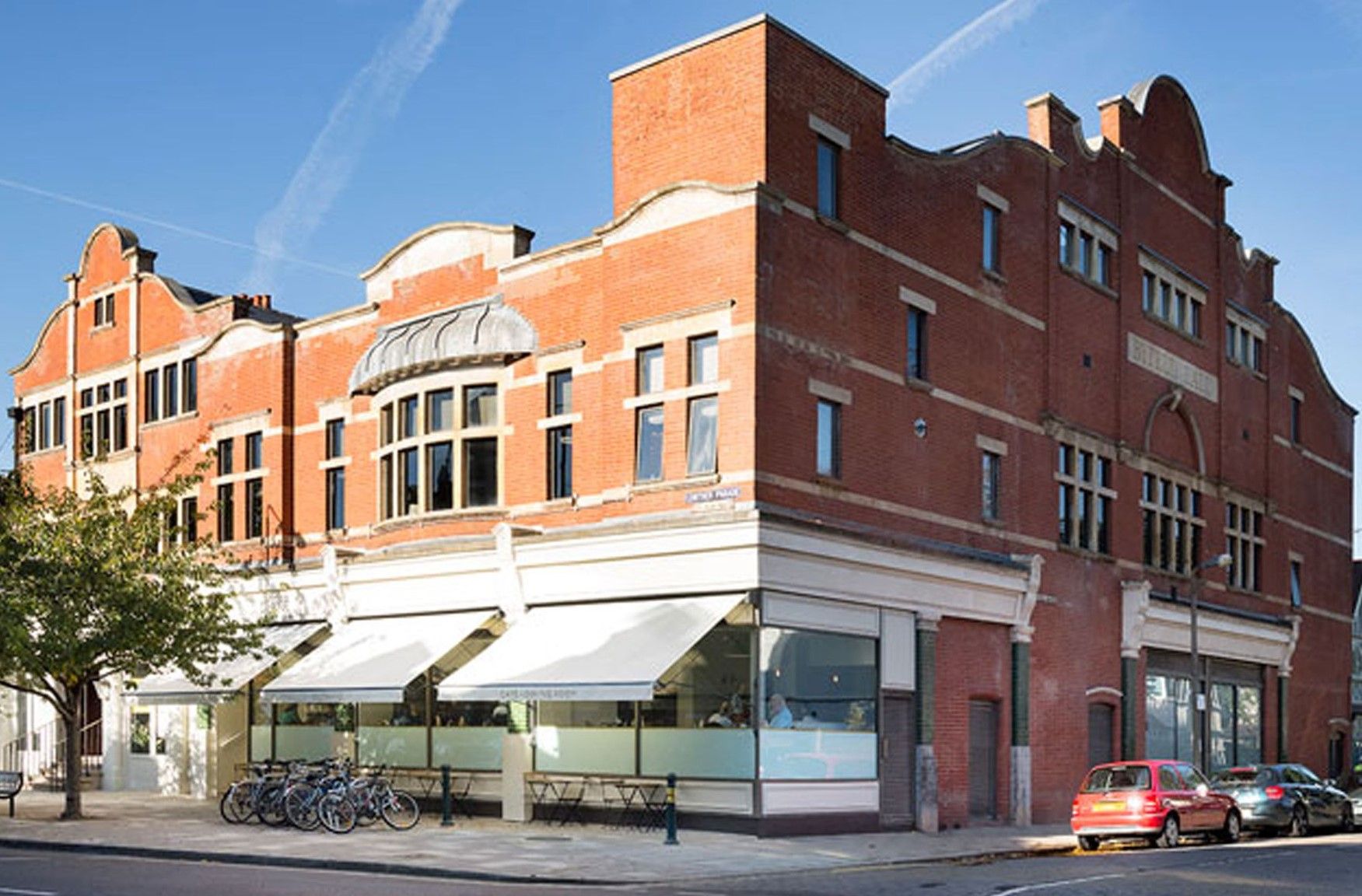 With the “Let It Be” movie nearing its release date, still entitled “Get Back” at this stage, Glyn Johns took to putting together another proposed soundtrack album on January 5th, 1970 at Olympic Sound Studios. His previous stereo mix of “For You Blue,” which it was now titled, was included here as well, with the same false starts and position as lead-off track of Side Two. This proposed album was also rejected, John objecting to Glyn Johns wanting to be named as producer on the album. With the “Let It Be” movie nearing its release date, still entitled “Get Back” at this stage, Glyn Johns took to putting together another proposed soundtrack album on January 5th, 1970 at Olympic Sound Studios. His previous stereo mix of “For You Blue,” which it was now titled, was included here as well, with the same false starts and position as lead-off track of Side Two. This proposed album was also rejected, John objecting to Glyn Johns wanting to be named as producer on the album.
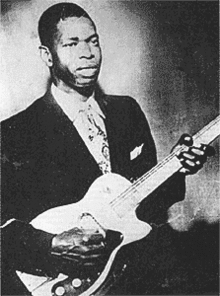 Upon listening to this mix, George decided that he wanted to re-record his lead vocals for the song, which he did in on January 8th, 1970 at Olympic Studios with George Martin as producer. These vocals were recorded over his acoustic guitar performance that was on track two of the eight-track tape, this same acoustic guitar also being recorded onto track four. Not only were these newly recorded vocals superior to the original take, he also thought to add some ad-lib comments as compliments to John's lap steel guitar solo. “Bop, cat, hop” and “Go, Johnny, Go,” he stated during Lennon's solo, the latter phrase in reference to Chuck Berry's “Johnny B. Goode,” which John used to sing with The Beatles during their Hamburg / Cavern days. At the conclusion of Lennon's solo, George sings, “Them are the 12-bar blues,” while stating during Paul's piano solo “Elmore James got nothin' on this, baby, heh.” “Rock And Roll Hall Of Fame” inductee Elmore James was a famous blues guitarist who was known as “King Of The Slide Guitar,” George's statement here obviously being a reference to John's slide guitar solo that had been completed four measures prior. Elmore's influencial slide guitar playing, such as on "Dust My Broom" and "The Sun Is Still Shining," inspired many of the British blues revivalists that were prevalent in the late '60s. George ended his new vocal overdub by singing “rhythm and blues” during the final beats of the song. Upon listening to this mix, George decided that he wanted to re-record his lead vocals for the song, which he did in on January 8th, 1970 at Olympic Studios with George Martin as producer. These vocals were recorded over his acoustic guitar performance that was on track two of the eight-track tape, this same acoustic guitar also being recorded onto track four. Not only were these newly recorded vocals superior to the original take, he also thought to add some ad-lib comments as compliments to John's lap steel guitar solo. “Bop, cat, hop” and “Go, Johnny, Go,” he stated during Lennon's solo, the latter phrase in reference to Chuck Berry's “Johnny B. Goode,” which John used to sing with The Beatles during their Hamburg / Cavern days. At the conclusion of Lennon's solo, George sings, “Them are the 12-bar blues,” while stating during Paul's piano solo “Elmore James got nothin' on this, baby, heh.” “Rock And Roll Hall Of Fame” inductee Elmore James was a famous blues guitarist who was known as “King Of The Slide Guitar,” George's statement here obviously being a reference to John's slide guitar solo that had been completed four measures prior. Elmore's influencial slide guitar playing, such as on "Dust My Broom" and "The Sun Is Still Shining," inspired many of the British blues revivalists that were prevalent in the late '60s. George ended his new vocal overdub by singing “rhythm and blues” during the final beats of the song.
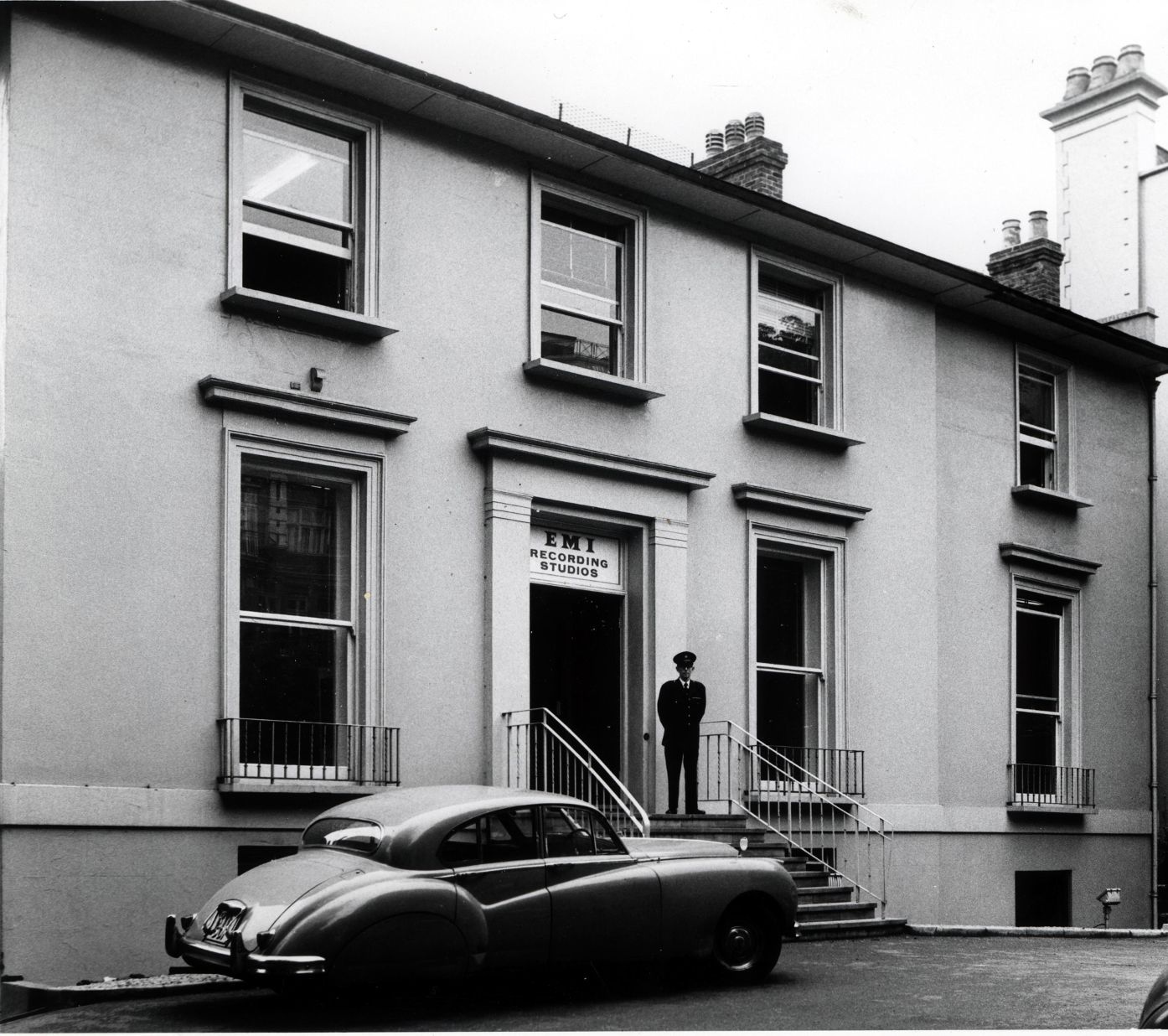 Curiously, EMI engineer Malcolm Davies was commissioned to create a stereo mix of “For You Blue” in its current state in Room 4 of EMI Studios on February 28th, 1970, possibly anticipating that it would be issued on a single in the near future. Since Phil Spector had not yet been hired to salvage the “Let It Be” project, this may have been deemed necessary to ready all of these songs for release in their current condition, the songs “Let It Be” and “I Me Mine” just recently being recorded and/or improved upon in the prior month. Nonetheless, Malcolm Davis, with engineers Peter Bown and Richard Langham, created eight stereo mixes of “For You Blue” on this day, "remix stereo two" being documented as best. This mix, of course, was never issued in any form. Curiously, EMI engineer Malcolm Davies was commissioned to create a stereo mix of “For You Blue” in its current state in Room 4 of EMI Studios on February 28th, 1970, possibly anticipating that it would be issued on a single in the near future. Since Phil Spector had not yet been hired to salvage the “Let It Be” project, this may have been deemed necessary to ready all of these songs for release in their current condition, the songs “Let It Be” and “I Me Mine” just recently being recorded and/or improved upon in the prior month. Nonetheless, Malcolm Davis, with engineers Peter Bown and Richard Langham, created eight stereo mixes of “For You Blue” on this day, "remix stereo two" being documented as best. This mix, of course, was never issued in any form.
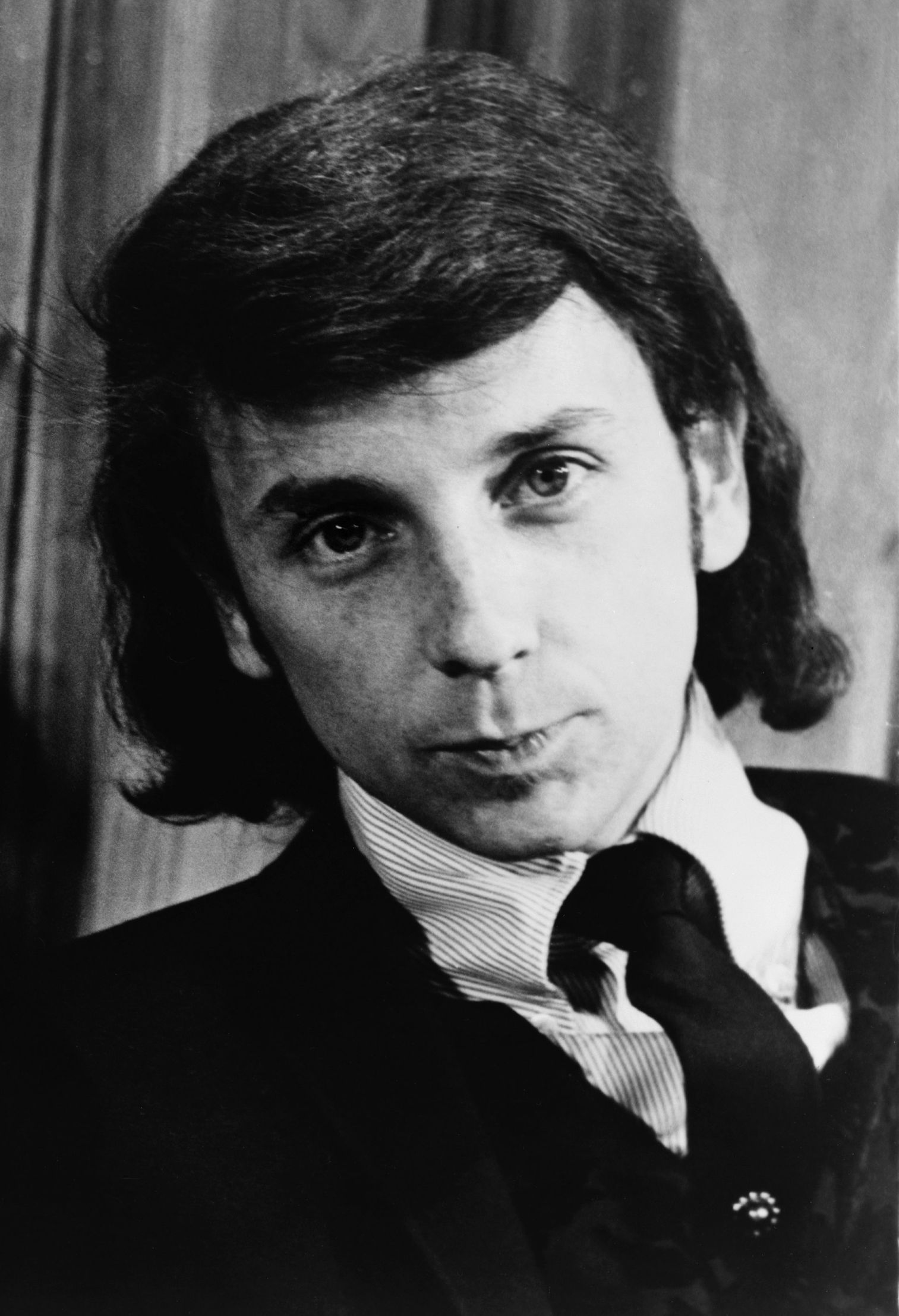 As mentioned above, legendary American producer Phil Spector was brought in to salvage this project in March of 1970. His second day of work on the “Let It Be” soundtrack album, March 25th, 1970, occurred in Room 4 of EMI Studios with engineers Peter Bown and Roger Ferris being present. He began the day by creating a stereo mix of “For You Blue,” curiously deciding to specifically omit George's acoustic guitar performance from the mix. He did, however, recognize that George's acoustic guitar introduction was necessary. Therefore, he created seven stereo mixes of this intro (remixes 2 through 8) to piece in with his “remix one” of the body of the song, “remix five” being the keeper. He then proceeded to edit “remix five” of George's guitar intro onto “remix one” of the rest of the song (George's new vocal from January 8th, 1970 included), this becoming the version of the song we've all come to be familiar with. As mentioned above, legendary American producer Phil Spector was brought in to salvage this project in March of 1970. His second day of work on the “Let It Be” soundtrack album, March 25th, 1970, occurred in Room 4 of EMI Studios with engineers Peter Bown and Roger Ferris being present. He began the day by creating a stereo mix of “For You Blue,” curiously deciding to specifically omit George's acoustic guitar performance from the mix. He did, however, recognize that George's acoustic guitar introduction was necessary. Therefore, he created seven stereo mixes of this intro (remixes 2 through 8) to piece in with his “remix one” of the body of the song, “remix five” being the keeper. He then proceeded to edit “remix five” of George's guitar intro onto “remix one” of the rest of the song (George's new vocal from January 8th, 1970 included), this becoming the version of the song we've all come to be familiar with.
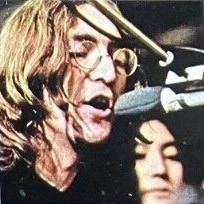 The single version of the song as we've come to know it was complete at this time. However, the album version was not quite there yet. On March 30th, 1970, Phil Specor and engineers Mike Sheady, Eddie Klein and Roger Ferris entered Room 4 of EMI Studios to add one last element. On January 8th, 1969 at Twickenham Film Studios, during the rehearsals for the song “I Me Mine,” John had stated “The Queen says no the pot smoking FBI members.” John remembered this and suggested to Phil Spector to include it in the assemblage of the “Let It Be” album, continuing its “live in the studio” concept. Spector scoured the Twickenham footage to find this statement from John and placed it as an introduction to George's song “For You Blue.” This is the only bit of recording from the early January Twickenham session to be officially released at the time. The single version of the song as we've come to know it was complete at this time. However, the album version was not quite there yet. On March 30th, 1970, Phil Specor and engineers Mike Sheady, Eddie Klein and Roger Ferris entered Room 4 of EMI Studios to add one last element. On January 8th, 1969 at Twickenham Film Studios, during the rehearsals for the song “I Me Mine,” John had stated “The Queen says no the pot smoking FBI members.” John remembered this and suggested to Phil Spector to include it in the assemblage of the “Let It Be” album, continuing its “live in the studio” concept. Spector scoured the Twickenham footage to find this statement from John and placed it as an introduction to George's song “For You Blue.” This is the only bit of recording from the early January Twickenham session to be officially released at the time.
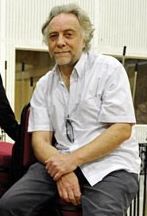 Sometime in 1996, George Martin and Geoff Emerick returned to the January 25th, 1969 session tapes to make an excellent stereo mix of "take one" of “For You Blue” for inclusion on the compilation album “Anthology 3.” Then, sometime in 2003, Paul Hicks, Guy Massey and Allan Rouse returned to “take seven” to create a more vibrant stereo mix of the song, incorporating George's January 8th, 1970 vocal overdub. John's introductory “FBI members” dialog was understandably removed due to McCartney's insistance on stripping away all extraneous elements from the “Let It Be” soundtack album. Fortunately, however, George's excellent acoustic guitar performance during the body of the song was kept in place here for most to hear for the first time. Sometime in 1996, George Martin and Geoff Emerick returned to the January 25th, 1969 session tapes to make an excellent stereo mix of "take one" of “For You Blue” for inclusion on the compilation album “Anthology 3.” Then, sometime in 2003, Paul Hicks, Guy Massey and Allan Rouse returned to “take seven” to create a more vibrant stereo mix of the song, incorporating George's January 8th, 1970 vocal overdub. John's introductory “FBI members” dialog was understandably removed due to McCartney's insistance on stripping away all extraneous elements from the “Let It Be” soundtack album. Fortunately, however, George's excellent acoustic guitar performance during the body of the song was kept in place here for most to hear for the first time.
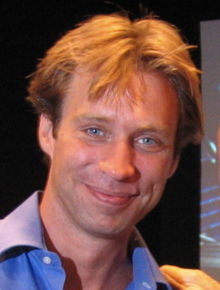 Sometime in 2021, Giles Martin and engineer Sam Okell returned to the master tapes of "For You Blue" to create a new mix for inclusion on an Anniversary version of the "Let It Be" album available in various editions. They also created an additional stereo mix of the song, this being "take four" as recorded on January 25th, 1969 in Apple Studios before they decided to alter Paul's piano sound with sheets of paper. "Take six" from this day, with George's original lead vocal performance as originally included on the proposed Glyn Johns "Get Back" album from 1969, was remastered at this time. Sometime in 2021, Giles Martin and engineer Sam Okell returned to the master tapes of "For You Blue" to create a new mix for inclusion on an Anniversary version of the "Let It Be" album available in various editions. They also created an additional stereo mix of the song, this being "take four" as recorded on January 25th, 1969 in Apple Studios before they decided to alter Paul's piano sound with sheets of paper. "Take six" from this day, with George's original lead vocal performance as originally included on the proposed Glyn Johns "Get Back" album from 1969, was remastered at this time.
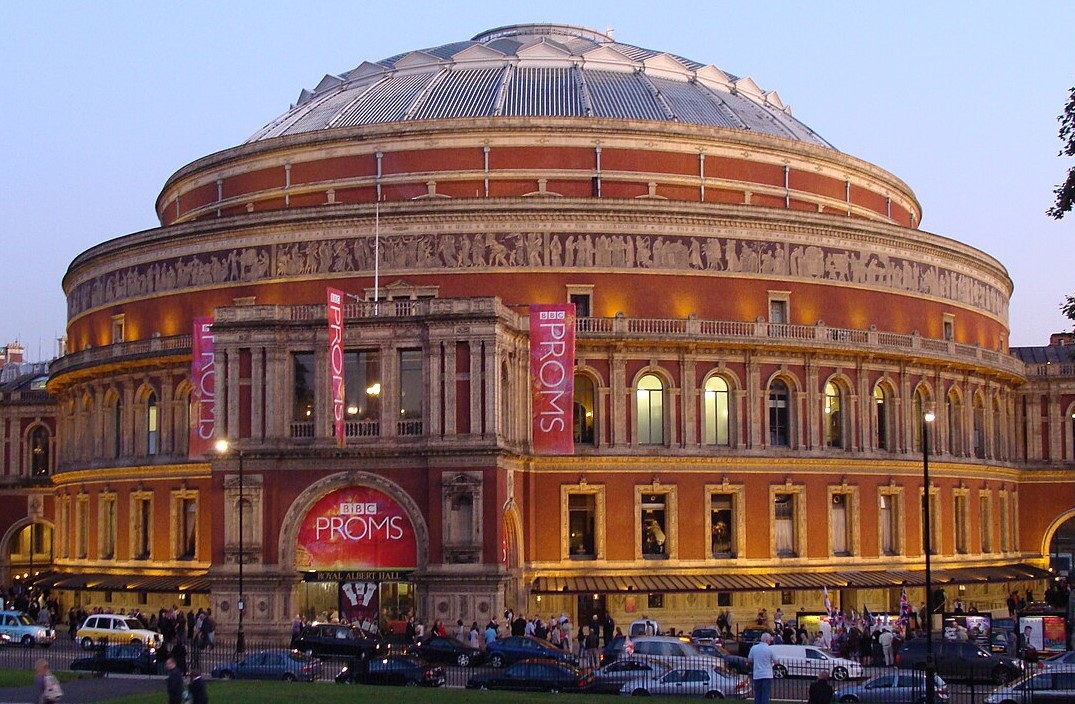 One final performance of “For You Blue” by any of The Beatles was done on November 29th, 2002 at the Royal Albert Hall for the highly aclaimed “Concert For George,” held shortly after the songwriter's untimely death. Paul sang lead on the song on this occasion as well as playing ukelele, George's favorite instrument in the final years of his life. Among other musicians present, Ringo played drums as Gary Brooker played piano, Eric Clapton played electric guitar, Ray Cooper played percussion and Dhani Harrison played acoustic guitar. This rendition was released on the resulting album and film “Concert For George.” One final performance of “For You Blue” by any of The Beatles was done on November 29th, 2002 at the Royal Albert Hall for the highly aclaimed “Concert For George,” held shortly after the songwriter's untimely death. Paul sang lead on the song on this occasion as well as playing ukelele, George's favorite instrument in the final years of his life. Among other musicians present, Ringo played drums as Gary Brooker played piano, Eric Clapton played electric guitar, Ray Cooper played percussion and Dhani Harrison played acoustic guitar. This rendition was released on the resulting album and film “Concert For George.”
Song Structure and Style
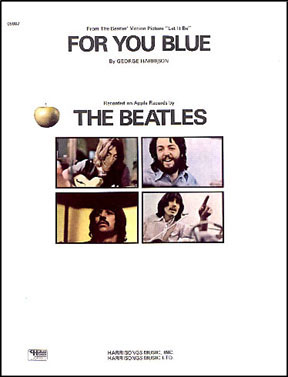 The 12-bar structure of “For You Blue” couldn't be any simpler; it's made up entirely of verses. Therefore, it amounts to 'verse/ verse/ solo verse/ solo verse/ verse/ verse' (or aaaaaa). However, a well-structured acoustic guitar figure from George introduces the song, which is five full measures long but preceded by an anticipitory half-measure. To parse this out correctly, one must count “one, two” before George's acoustic guitar comes in. The 12-bar structure of “For You Blue” couldn't be any simpler; it's made up entirely of verses. Therefore, it amounts to 'verse/ verse/ solo verse/ solo verse/ verse/ verse' (or aaaaaa). However, a well-structured acoustic guitar figure from George introduces the song, which is five full measures long but preceded by an anticipitory half-measure. To parse this out correctly, one must count “one, two” before George's acoustic guitar comes in.
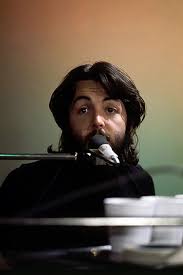 The first twelve-measure verse begins directly afterward with all the rest of the instrumentation and vocals kicking in immediately. George's tender single-tracked lead vocal is appropriate to his addressing a loved one while Paul plunks out his idiosyncratic piano chords, John slides away on his lap steel and Ringo plays in a subdued style focusing on his snare and kick drum, mostly avoiding any use of cymbals throughout. John is put in charge of providing the bass tones on this performance, which is especially noticeable during the eleventh and twelfth measures of most verses. During these measures on this first verse we only hear John's rising bass notes on his lap steel along with Ringo's continued drum pattern until the latter portion of the twelfth measure when Paul's piano and John's sliding anticipatory chord finishes out the verse. This, of course, is describing the most common version of the song as released as a single and on the original “Let It Be” album, the “Anthology 3” and “Let It Be...Naked” versions containing George's excellent descending acoustic guitar pattern. The first twelve-measure verse begins directly afterward with all the rest of the instrumentation and vocals kicking in immediately. George's tender single-tracked lead vocal is appropriate to his addressing a loved one while Paul plunks out his idiosyncratic piano chords, John slides away on his lap steel and Ringo plays in a subdued style focusing on his snare and kick drum, mostly avoiding any use of cymbals throughout. John is put in charge of providing the bass tones on this performance, which is especially noticeable during the eleventh and twelfth measures of most verses. During these measures on this first verse we only hear John's rising bass notes on his lap steel along with Ringo's continued drum pattern until the latter portion of the twelfth measure when Paul's piano and John's sliding anticipatory chord finishes out the verse. This, of course, is describing the most common version of the song as released as a single and on the original “Let It Be” album, the “Anthology 3” and “Let It Be...Naked” versions containing George's excellent descending acoustic guitar pattern.
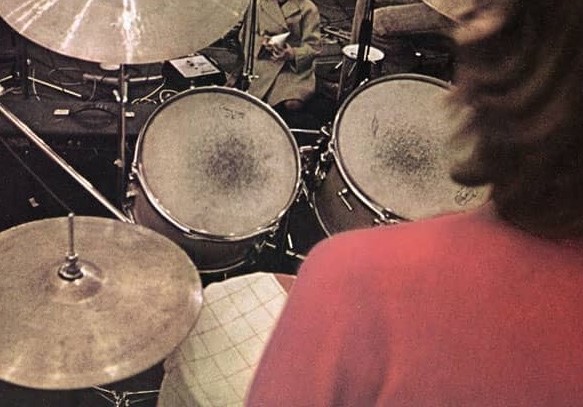 Verse two is nearly identical to the first with the exception of a new set of lyrics and the total absence of Ringo's drums in the eleventh measure. Ringo precedes this break in the action with a simple snare drum fill and, with the omission of George's acoustic guitar, John's single bass notes on his lap steel are the only things heard during this break until the drums, piano and another full slide guitar chord are heard in measure twelve. This is the only verse in which Ringo performs a 'Beatles Break,' thereby dropping out entirely for the focus to be on George's guitar and John's bass notes, George's guitar being omitted thanks to Phil Spector's executive decision. Verse two is nearly identical to the first with the exception of a new set of lyrics and the total absence of Ringo's drums in the eleventh measure. Ringo precedes this break in the action with a simple snare drum fill and, with the omission of George's acoustic guitar, John's single bass notes on his lap steel are the only things heard during this break until the drums, piano and another full slide guitar chord are heard in measure twelve. This is the only verse in which Ringo performs a 'Beatles Break,' thereby dropping out entirely for the focus to be on George's guitar and John's bass notes, George's guitar being omitted thanks to Phil Spector's executive decision.
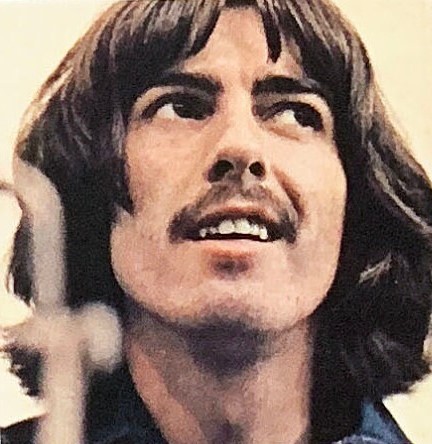 This brings us to the third verse, which is also the first of two instrumental verses in the song. As to be expected, John asserts himself for the first solo slot, his slide guitar work coming across somewhat shaky but appropriate for the occasion. It was impressive enough to warrant George peppering this verse with the comments “Whop,” “Bop, cat, hop,” “Go, Johnny, Go” and “Them are the 12-bar blues” throughout the solo. This brings us to the third verse, which is also the first of two instrumental verses in the song. As to be expected, John asserts himself for the first solo slot, his slide guitar work coming across somewhat shaky but appropriate for the occasion. It was impressive enough to warrant George peppering this verse with the comments “Whop,” “Bop, cat, hop,” “Go, Johnny, Go” and “Them are the 12-bar blues” throughout the solo.
The fourth verse is given to Paul for him to perform a subdued but suitable piano solo. George, with John's slide guitar performance still registering in his mind, comments “Elmore James got nothing on this baby, heh,” Harrison being an admirer of this Blues slide guitarist of the '50s and '60s. Paul ends his solo verse with staccato chords in the twelfth measure, Ringo following suit as the verse winds down.
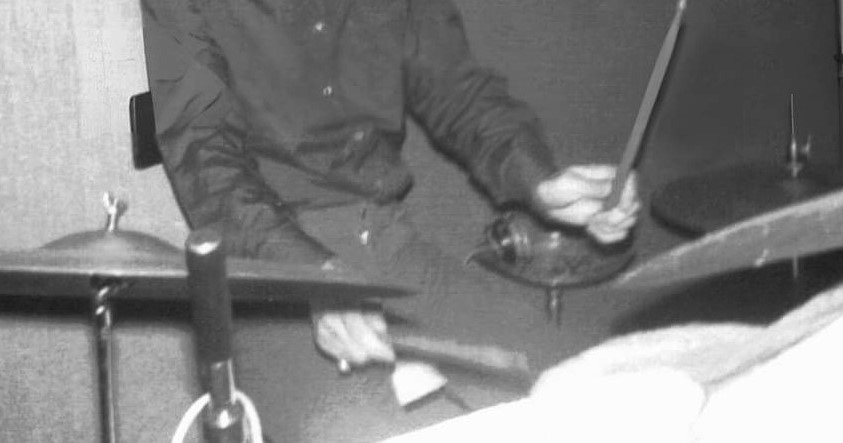 Two more vocal verses follow, both of them twelve measures in length as usual. The first of these two contain a new set of lyrics while the final verse is a lyrical repeat of the very first verse. Differences in musical performances here include Paul's excited staccato piano chords in both measures eight and eleven of the final verse, the latter culminating in a standard blues-like conclusion to the song. Ringo fills away on snare drum while George ad libs the statement “rhythm and blues,” the final word syncronized with the last beat of the song, John's finishing slide and Ringo's cymbal crash bringing the song to a satisfying close. Two more vocal verses follow, both of them twelve measures in length as usual. The first of these two contain a new set of lyrics while the final verse is a lyrical repeat of the very first verse. Differences in musical performances here include Paul's excited staccato piano chords in both measures eight and eleven of the final verse, the latter culminating in a standard blues-like conclusion to the song. Ringo fills away on snare drum while George ad libs the statement “rhythm and blues,” the final word syncronized with the last beat of the song, John's finishing slide and Ringo's cymbal crash bringing the song to a satisfying close.
American Releases
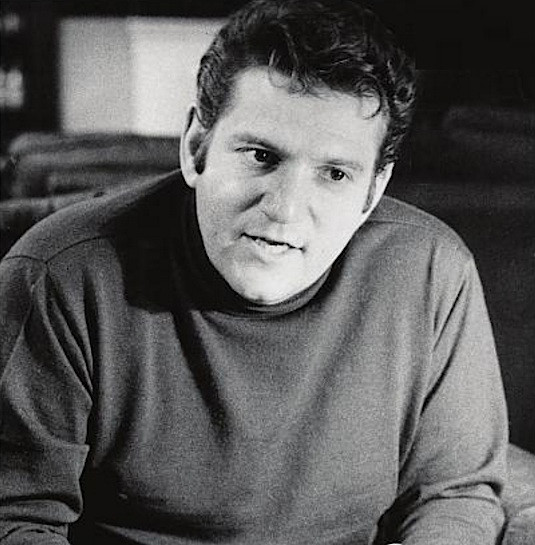 Three weeks after the single “Let It Be” had spent a couple weeks in the #1 position on the US Billboard Hot 100, manager Allen Klein decided that yet another Beatles single should be released as a follow-up. He had recently struck a lucrative deal with Capitol Records and was trying to make good on that arrangement by getting out as much Beatles product in America as possible, thereby making as much money for the band (and himself) as he could. Three weeks after the single “Let It Be” had spent a couple weeks in the #1 position on the US Billboard Hot 100, manager Allen Klein decided that yet another Beatles single should be released as a follow-up. He had recently struck a lucrative deal with Capitol Records and was trying to make good on that arrangement by getting out as much Beatles product in America as possible, thereby making as much money for the band (and himself) as he could.
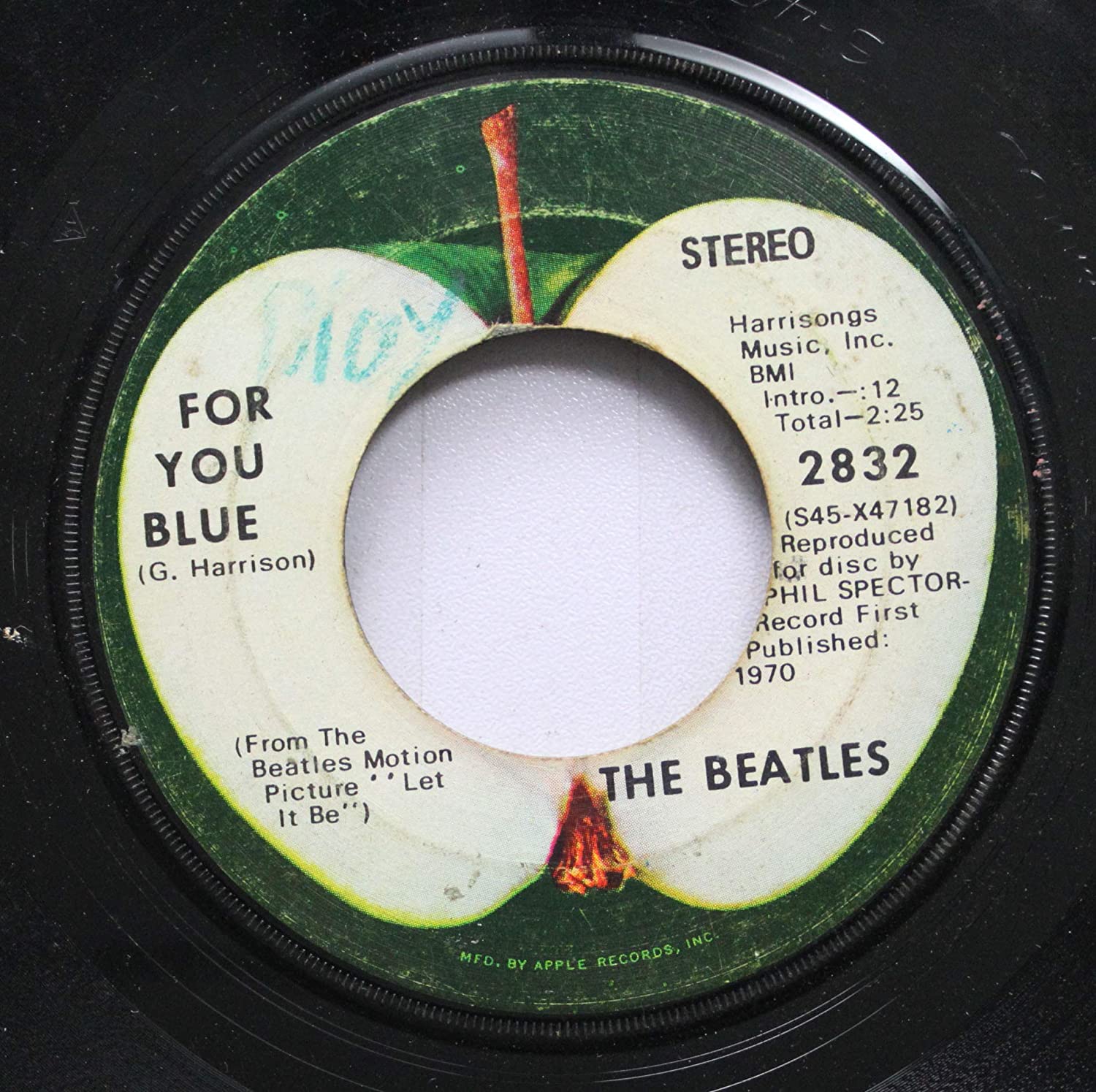 The long-awaited “Let It Be” soundtrack album was due to be released on May 18th, 1970, but since the title track to that album had already peaked and was slowly going down the charts, Klein decided to release a second single from that yet-to-be-released album. Therefore, on May 11th, 1970, with the “Let It Be” single still in the Top 10 on Billboard, “The Long And Winding Road / For You Blue” became the final single of The Beatles' career. Undoubtedly due to Paul's disapproval of Phil Spector's added orchestration on “The Long And Winding Road,” the single was not released in the UK. The long-awaited “Let It Be” soundtrack album was due to be released on May 18th, 1970, but since the title track to that album had already peaked and was slowly going down the charts, Klein decided to release a second single from that yet-to-be-released album. Therefore, on May 11th, 1970, with the “Let It Be” single still in the Top 10 on Billboard, “The Long And Winding Road / For You Blue” became the final single of The Beatles' career. Undoubtedly due to Paul's disapproval of Phil Spector's added orchestration on “The Long And Winding Road,” the single was not released in the UK.
 “For You Blue” received enough radio airplay at the time for Billboard Magazine to consider this single a double-sided hit. Since the magazine had recently decided to chart both sides of any single as one unit instead of individually, as had been the case throughout the entire Beatles era, “The Long And Winding Road / For You Blue” was designated together throughout its ten weeks on the chart. “For You Blue” received enough radio airplay at the time for Billboard Magazine to consider this single a double-sided hit. Since the magazine had recently decided to chart both sides of any single as one unit instead of individually, as had been the case throughout the entire Beatles era, “The Long And Winding Road / For You Blue” was designated together throughout its ten weeks on the chart.
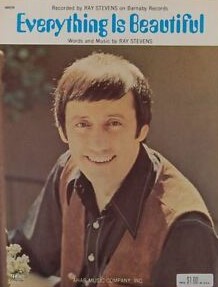 This double-sided hit single entered the US chart on May 23rd, 1970 while “Let It Be” was still at #6 on the Billboard Hot 100, but then quickly jumped into the #1 position three weeks later, replacing Ray Stevens' “Everything Is Beautiful.” Like “Let It Be,” “The Long And Winding Road / For You Blue” spent two weeks at #1 on Billboard before its descent down the chart. This release marked the final previously unissued Beatles performance as a single until the mid-'90s when “Free As A Bird” and “Real Love” appeared during the “Anthology” days. This double-sided hit single entered the US chart on May 23rd, 1970 while “Let It Be” was still at #6 on the Billboard Hot 100, but then quickly jumped into the #1 position three weeks later, replacing Ray Stevens' “Everything Is Beautiful.” Like “Let It Be,” “The Long And Winding Road / For You Blue” spent two weeks at #1 on Billboard before its descent down the chart. This release marked the final previously unissued Beatles performance as a single until the mid-'90s when “Free As A Bird” and “Real Love” appeared during the “Anthology” days.
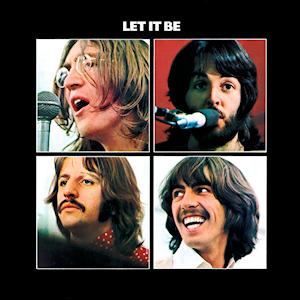 The “Let It Be” soundtrack album was then released on May 18th, 1970. Since both “The Long And Winding Road” and “For You Blue” were counted together as a #1 hit single, the “Let It Be” album can be said to have contained four #1 hits, the title track and “Get Back” being the other two. It was distributed in a gate-fold jacket in America, as opposed to the box set with photo book that was released in the UK. It spent four weeks in the top spot of the Billboard album chart and has sold well over four million copies in America alone. The “Let It Be” soundtrack album was then released on May 18th, 1970. Since both “The Long And Winding Road” and “For You Blue” were counted together as a #1 hit single, the “Let It Be” album can be said to have contained four #1 hits, the title track and “Get Back” being the other two. It was distributed in a gate-fold jacket in America, as opposed to the box set with photo book that was released in the UK. It spent four weeks in the top spot of the Billboard album chart and has sold well over four million copies in America alone.
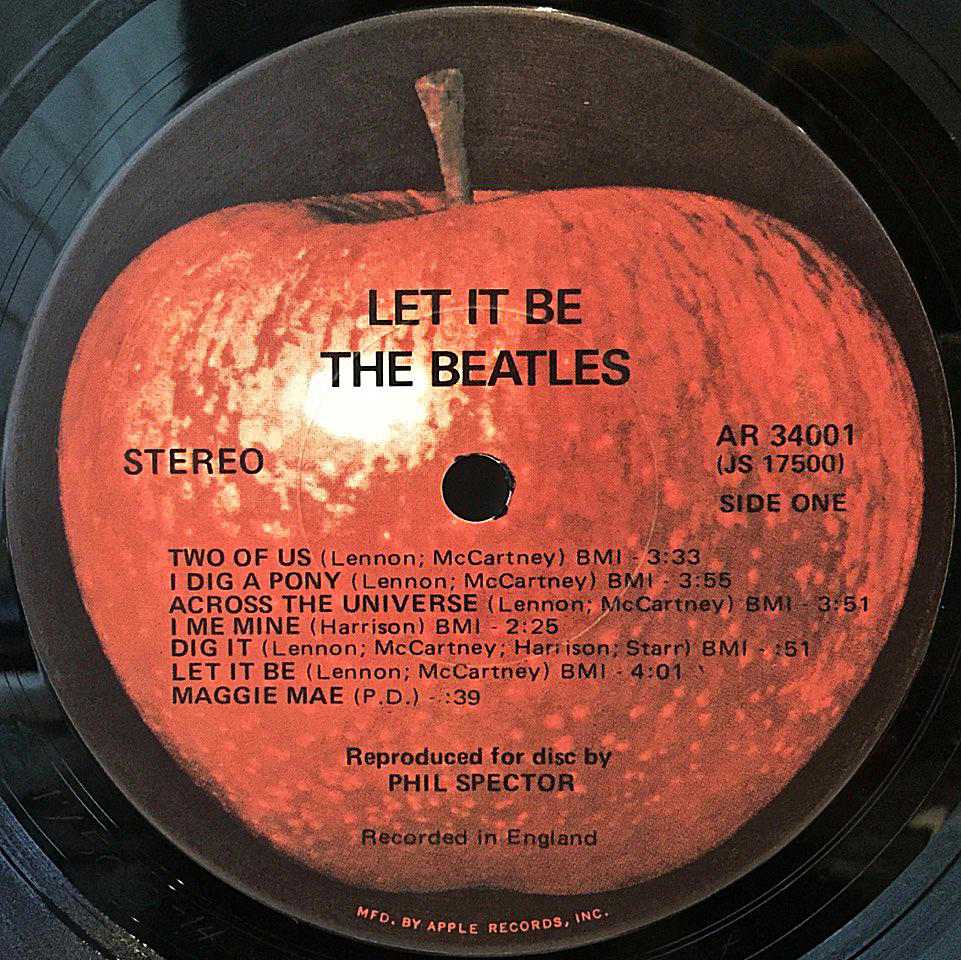 Despite having a red Apple Records label, the “Let It Be” album was distributed by United Artists Records upon initial release and was eventually dropped from their roster a few years later. While Capitol kept all other US Beatles albums in print throughout the '70s, “Let It Be” was the only LP from the group that wasn't legitimately available for a number of years. This was rectified in 1978, however, when Capitol purchased the UA catalog and re-released the album once again, this time in a standard non-gate-fold cover. The album first appeared on compact disc on October 10th, 1987, and then as a remastered CD on September 9th, 2009. A newly mixed vinyl and CD edition of the album was then released on October 15th, 2021, as well as a special edition picture disc. Despite having a red Apple Records label, the “Let It Be” album was distributed by United Artists Records upon initial release and was eventually dropped from their roster a few years later. While Capitol kept all other US Beatles albums in print throughout the '70s, “Let It Be” was the only LP from the group that wasn't legitimately available for a number of years. This was rectified in 1978, however, when Capitol purchased the UA catalog and re-released the album once again, this time in a standard non-gate-fold cover. The album first appeared on compact disc on October 10th, 1987, and then as a remastered CD on September 9th, 2009. A newly mixed vinyl and CD edition of the album was then released on October 15th, 2021, as well as a special edition picture disc.
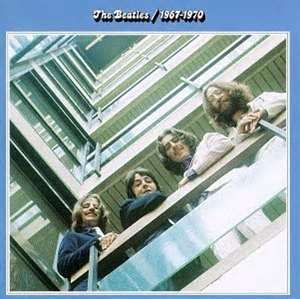 It's interesting to note here that, despite being considered by Billboard magazine in the US a #1 hit single as a b-side to “The Long And Winding Road,” it was not recognized as such when compilation albums were put together. Even though the criteria for the releases “20 Greatest Hits” and “Beatles 1” were that the tracks needed to be considered a #1 hit in either Britain or America, Capitol/Apple did not recognize “For You Blue” as such. It was also neglected for inclusion on “The Beatles / 1967-1970” (aka “The Blue Album”), which would have fit in nicely in place of non-hits such as “Magical Mystery Tour” or “Octopus's Garden,” if vinyl space was an issue. It's interesting to note here that, despite being considered by Billboard magazine in the US a #1 hit single as a b-side to “The Long And Winding Road,” it was not recognized as such when compilation albums were put together. Even though the criteria for the releases “20 Greatest Hits” and “Beatles 1” were that the tracks needed to be considered a #1 hit in either Britain or America, Capitol/Apple did not recognize “For You Blue” as such. It was also neglected for inclusion on “The Beatles / 1967-1970” (aka “The Blue Album”), which would have fit in nicely in place of non-hits such as “Magical Mystery Tour” or “Octopus's Garden,” if vinyl space was an issue.
In November of 1986, the “Let It Be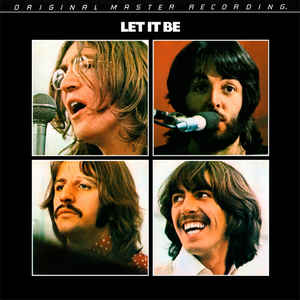 ” soundtrack album was also made available as an “Original Master Recording” release by Mobile Fidelity Sound Lab. Their practice was to prepare a new master utilizing half-speed mastering technology from the original master tapes, in this case using what was referred to therein as a “corrected copy tape.” The album was issued in both a single sleeve and gatefold cover, the single sleeve cover being the most rare. ” soundtrack album was also made available as an “Original Master Recording” release by Mobile Fidelity Sound Lab. Their practice was to prepare a new master utilizing half-speed mastering technology from the original master tapes, in this case using what was referred to therein as a “corrected copy tape.” The album was issued in both a single sleeve and gatefold cover, the single sleeve cover being the most rare.
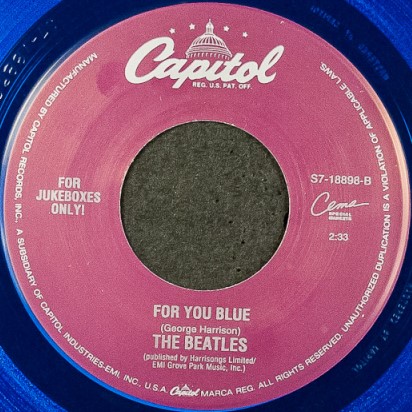 On January 24th, 1996, Capitol re-released the “The Long And Winding Road / For You Blue” single on their Cema “For Jukeboxes Only” series on blue vinyl. This single, along with all the other Beatles singles in this series, has become quite the collector's item as the years progressed. On January 24th, 1996, Capitol re-released the “The Long And Winding Road / For You Blue” single on their Cema “For Jukeboxes Only” series on blue vinyl. This single, along with all the other Beatles singles in this series, has become quite the collector's item as the years progressed.
"Take one" of “For You Blue” from January 25th, 1969 was included on the October 28th, 1996 released compilation album “Anthology 3." This was the first serious Beatle recording of the song on this day, the originally released version being recorded a couple of hours later.
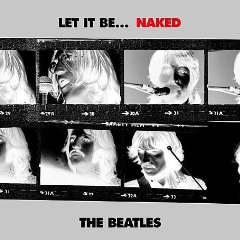 November 17th, 2003, was the release date for “Let It Be...Naked,” a project that was proposed by Paul McCartney to strip away all Phil Spector overdubs from the original “Let It Be” soundtrack album. In the case of “For You Blue,” George's acoustic guitar performance throughout the body of the song is returned to the mix as intended, his preferred January 8th, 1970 vocal overdub still being in place here. This Platinum-selling album was embraced heartily by US Beatles fans, peaking at #5 on the Billboard album chart. November 17th, 2003, was the release date for “Let It Be...Naked,” a project that was proposed by Paul McCartney to strip away all Phil Spector overdubs from the original “Let It Be” soundtrack album. In the case of “For You Blue,” George's acoustic guitar performance throughout the body of the song is returned to the mix as intended, his preferred January 8th, 1970 vocal overdub still being in place here. This Platinum-selling album was embraced heartily by US Beatles fans, peaking at #5 on the Billboard album chart.
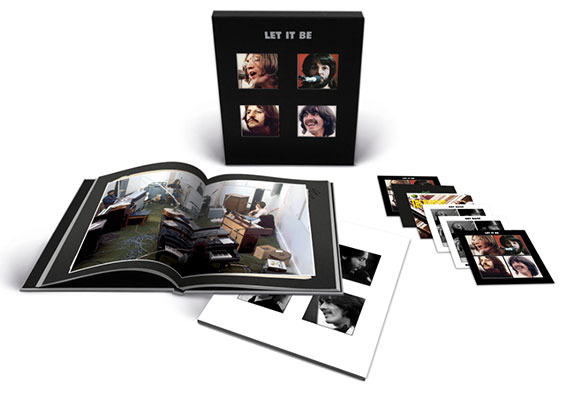 On October 15th, 2021, various editions of the "Let It Be" album were released that feature interesting versions of "For You Blue." The "Deluxe" 2CD set features the newly remixed Giles Martin version of the song as well as "take four" as recorded on January 25th, 1969, while both the "Super Deluxe" 5CD + Blu-ray edition and the "Super Deluxe" 4LP + 1 12" EP edition also contain "take six" of "For You Blue" from that day as it appeared on Glyn John's aborted 1969 "Get Back" album. On October 15th, 2021, various editions of the "Let It Be" album were released that feature interesting versions of "For You Blue." The "Deluxe" 2CD set features the newly remixed Giles Martin version of the song as well as "take four" as recorded on January 25th, 1969, while both the "Super Deluxe" 5CD + Blu-ray edition and the "Super Deluxe" 4LP + 1 12" EP edition also contain "take six" of "For You Blue" from that day as it appeared on Glyn John's aborted 1969 "Get Back" album.
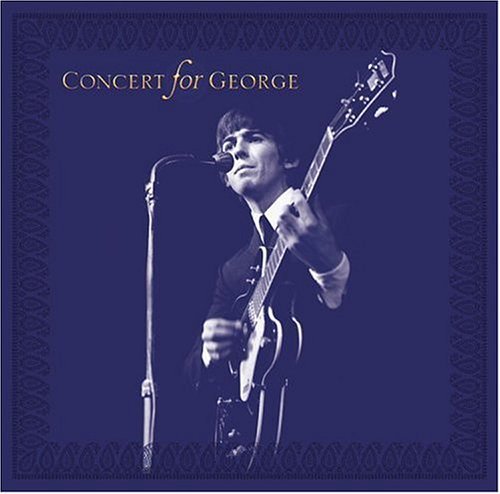 On November 27th, 2003, “Concert For George” was released which included a live performance of “For You Blue” with Paul on lead vocals and ukelele and Ringo on drums, as described above. This was recorded during the celebrated “Concert For George” on November 29th, 2002 at London's Royal Albert Hall, shortly after George's passing. This album was warmly welcomed but only reached #97 on the US Billboard album chart. On November 27th, 2003, “Concert For George” was released which included a live performance of “For You Blue” with Paul on lead vocals and ukelele and Ringo on drums, as described above. This was recorded during the celebrated “Concert For George” on November 29th, 2002 at London's Royal Albert Hall, shortly after George's passing. This album was warmly welcomed but only reached #97 on the US Billboard album chart.
Live Performances
The Beatles ended up declining to perform “For You Blue” during their rooftop concert on January 30th, 1969, at George's insistence. It appears, however, that there had been some thought of including the song in this final Beatles concert since the Hofner lap steel guitar John played during the recording of "For You Blue" is seen sitting in a chair on the roof that day.
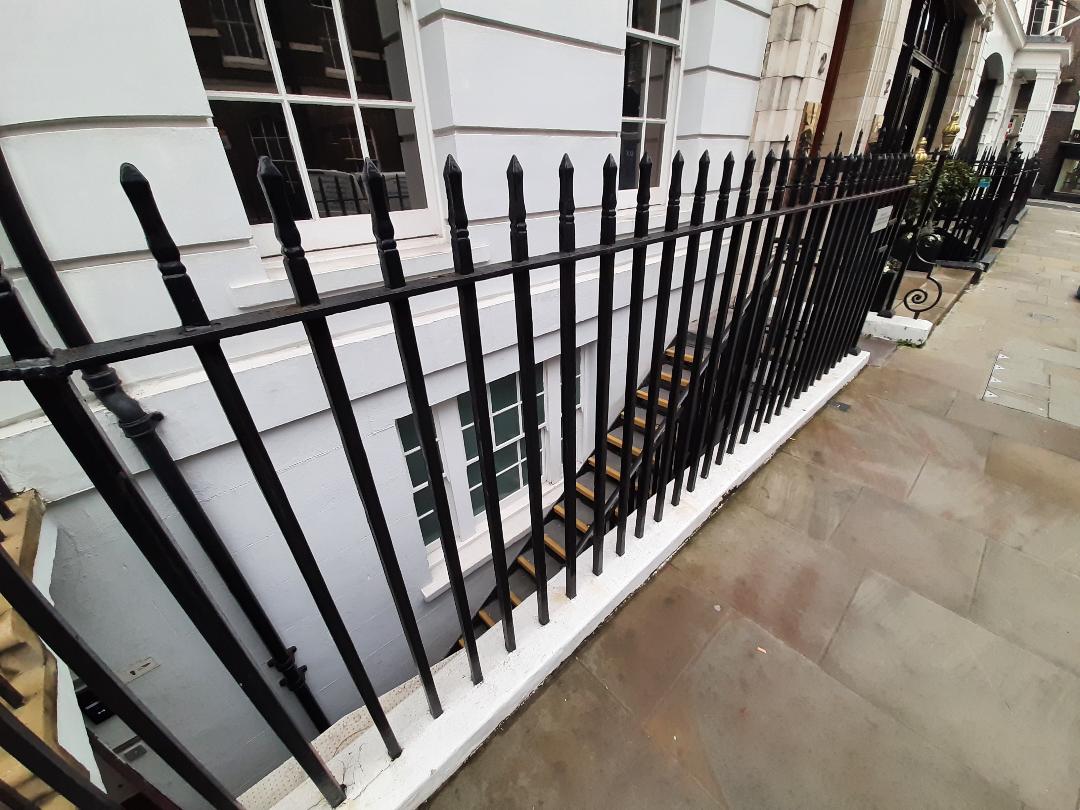 Filmed footage of the group recording the song inside their newly christened basement Apple Studios on January 25th, 1969 was featured, however, in the "Let It Be" movie. As the individual Beatles are seen arriving at their Apple Building (Ringo playfully hiding from the cameras behind his car), "take nine" of the instrumental section of “For You Blue” is played as a backdrop. This is edited together with footage of The Beatles actually performing "take six" of the song, a closeup of George singing predominating this scene. We also get to see closeups of both John and Paul playing their instruments, but because their playing doesn't match the sound, it becomes obvious that the footage was pieced together from either another section of the song or from another take entirely. Nontheless, we get to witness footage, visually and audibly, of The Beatles truly enjoying themselves playing George's song, the last day they ever touched "For You Blue" as a group. Peter Jackson's extensive "Get Back" documentary released in 2021 show even more footage of them working on the song, including George Martin inserting newspaper into the grand piano to achieve the effect heard on the released recording. Filmed footage of the group recording the song inside their newly christened basement Apple Studios on January 25th, 1969 was featured, however, in the "Let It Be" movie. As the individual Beatles are seen arriving at their Apple Building (Ringo playfully hiding from the cameras behind his car), "take nine" of the instrumental section of “For You Blue” is played as a backdrop. This is edited together with footage of The Beatles actually performing "take six" of the song, a closeup of George singing predominating this scene. We also get to see closeups of both John and Paul playing their instruments, but because their playing doesn't match the sound, it becomes obvious that the footage was pieced together from either another section of the song or from another take entirely. Nontheless, we get to witness footage, visually and audibly, of The Beatles truly enjoying themselves playing George's song, the last day they ever touched "For You Blue" as a group. Peter Jackson's extensive "Get Back" documentary released in 2021 show even more footage of them working on the song, including George Martin inserting newspaper into the grand piano to achieve the effect heard on the released recording.
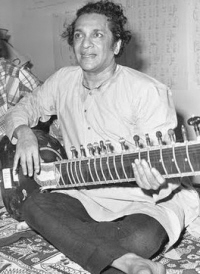 When putting together the set list for his 1974 North American Tour with Ravi Shankar, George resurrected four Beatles songs. It's surprising that he omited classic Harrisongs such as “Here Comes The Sun” and “Old Brown Shoe” in favor of the “Lennon / McCartney” classic “In My Life,” but he did think to include “For You Blue,” the only time he performed it live. This brief tour ran from November 2nd (Vancouver, Canada) to December 20th (Madison Square Garden, New York City) of that year. When putting together the set list for his 1974 North American Tour with Ravi Shankar, George resurrected four Beatles songs. It's surprising that he omited classic Harrisongs such as “Here Comes The Sun” and “Old Brown Shoe” in favor of the “Lennon / McCartney” classic “In My Life,” but he did think to include “For You Blue,” the only time he performed it live. This brief tour ran from November 2nd (Vancouver, Canada) to December 20th (Madison Square Garden, New York City) of that year.
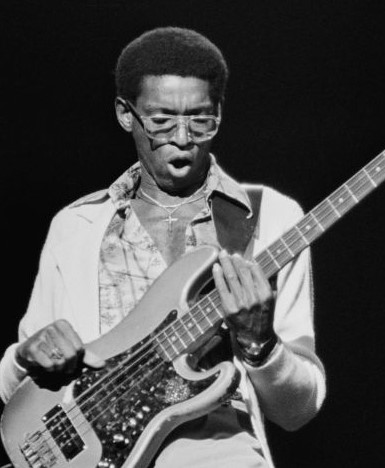 George used this song to have some fun lyrically, sometimes catering to the town they were in. When performing in Fort Worth on November 22nd, the first verse consisted of: “I'm here in Fort Worth, Texas, I love you / I'm here in Fort Worth, Texas, with you / I love you more than ever...especially those who bought the programs!” After bassist Willie Weeks performed a solo verse on one date of the tour, George sang: “I loved Willie Weeks the moment that I saw him / he played that bass, that's all he had to do / So glad he agreed to coming on tour to play it for you.” George used this song to have some fun lyrically, sometimes catering to the town they were in. When performing in Fort Worth on November 22nd, the first verse consisted of: “I'm here in Fort Worth, Texas, I love you / I'm here in Fort Worth, Texas, with you / I love you more than ever...especially those who bought the programs!” After bassist Willie Weeks performed a solo verse on one date of the tour, George sang: “I loved Willie Weeks the moment that I saw him / he played that bass, that's all he had to do / So glad he agreed to coming on tour to play it for you.”
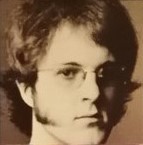 Other than Willie Weeks, Robben Ford was given a lead guitar solo and Emil Richards received two verses for an impressive marimba solo. The brass section of Tom Scott, Jim Horn and Chuck Findley were also part of the arrangement, this song being used as a vehicle for his band to show their instrumental prowess in a standard 12-bar blues arrangement. Other than Willie Weeks, Robben Ford was given a lead guitar solo and Emil Richards received two verses for an impressive marimba solo. The brass section of Tom Scott, Jim Horn and Chuck Findley were also part of the arrangement, this song being used as a vehicle for his band to show their instrumental prowess in a standard 12-bar blues arrangement.
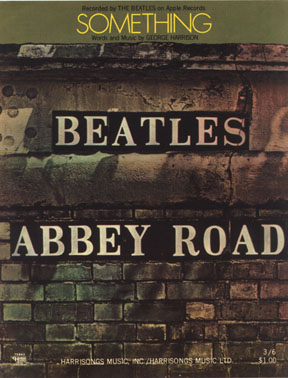 As detailed above, Paul and Ringo performed the song live at the “Concert For George” in tribute to Harrison shortly after his untimely death. This was held on November 29th, 2002 at the Royal Albert Hall in London, England. Paul sang lead and played ukelele while Ringo played drums, Mark Mann played John's slide solo and Gary Brooker played Paul's original piano solo. In the excitement, Paul stuck in George's vocal ad lib “12-bar blues” after the slide guitar solo, undoubtedly because of his familiarity of hearing it on the released record. With ukelele in hand, Paul then segued into an excellent rendition of “Something” as “a tribute to our beautiful friend.” As detailed above, Paul and Ringo performed the song live at the “Concert For George” in tribute to Harrison shortly after his untimely death. This was held on November 29th, 2002 at the Royal Albert Hall in London, England. Paul sang lead and played ukelele while Ringo played drums, Mark Mann played John's slide solo and Gary Brooker played Paul's original piano solo. In the excitement, Paul stuck in George's vocal ad lib “12-bar blues” after the slide guitar solo, undoubtedly because of his familiarity of hearing it on the released record. With ukelele in hand, Paul then segued into an excellent rendition of “Something” as “a tribute to our beautiful friend.”
Conclusion
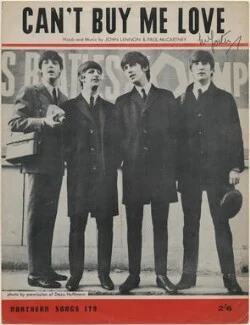 The Beatles had become accustomed to performing music with a 12-bar blues pattern in their formative years, such as with the Carl Perkins classic “Matchbox” and “Dizzy Miss Lizzy” by Larry Williams, both of which they officially recorded as their own. It is understandable, therefore, that they borrowed from this formula when composing songs, “Can't Buy Me Love,” “You Can't Do That” and “A Hard Day's Night” being notable examples. However, these songs, as well as other Beatles classics, only incorporated that 12-bar structure, strategically combining it with other pop music formulas to create something unique. The Beatles had become accustomed to performing music with a 12-bar blues pattern in their formative years, such as with the Carl Perkins classic “Matchbox” and “Dizzy Miss Lizzy” by Larry Williams, both of which they officially recorded as their own. It is understandable, therefore, that they borrowed from this formula when composing songs, “Can't Buy Me Love,” “You Can't Do That” and “A Hard Day's Night” being notable examples. However, these songs, as well as other Beatles classics, only incorporated that 12-bar structure, strategically combining it with other pop music formulas to create something unique.
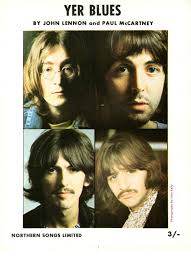 As for a strict 12-bar pattern as used by blues artists from previous decades, The Beatles appeared to leave that to other artists deemed more suitable. “I was self-conscious about doing it,” Lennon confessed when trying to capitalize on the blues boom of the late '60s on “Yer Blues.” He felt Cream and Jimi Hendrix, among many others, were better suited to interpreting authentic blues music from a by-gone era. As for a strict 12-bar pattern as used by blues artists from previous decades, The Beatles appeared to leave that to other artists deemed more suitable. “I was self-conscious about doing it,” Lennon confessed when trying to capitalize on the blues boom of the late '60s on “Yer Blues.” He felt Cream and Jimi Hendrix, among many others, were better suited to interpreting authentic blues music from a by-gone era.
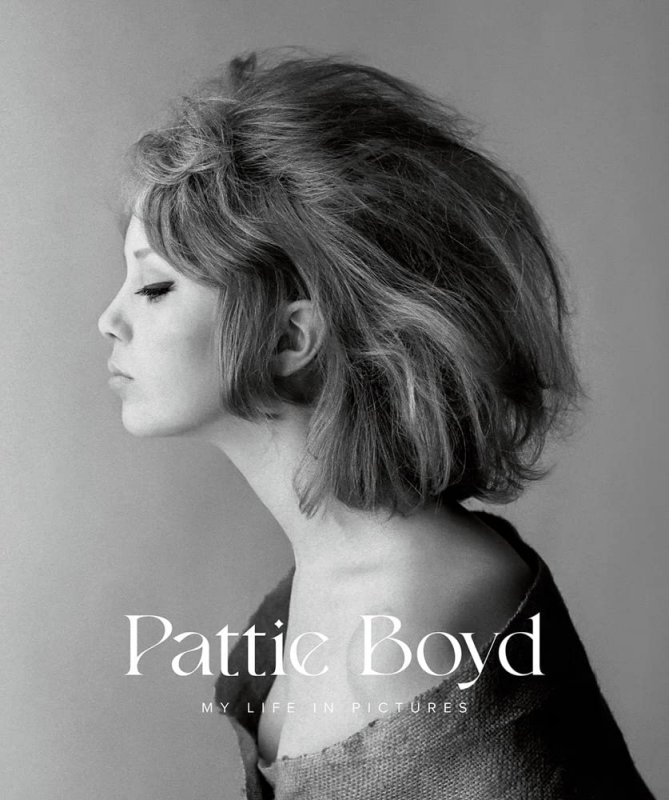 However, by January of 1969, George felt ready to give it a spin, but with a more light-hearted approach. Instead of bemoaning misfortune in life as was the custom in this genre, he utilized the bluesy 12-bar structure to celebrate his love for his wife Pattie Boyd. The result was an excersize in enjoyment for The Beatles, John, Paul and George being able to flex their instrumental abilities in a genre that they had formerly deemed outside of their wheelhouse. Instrumentalists the world over find themselves comfortable within this structure, hence this song being utilized by George during his 1974 North American Tour to showcase his current stage band. As a musician, if you're able, it's fun to play in this 12-bar configuration, and that's just what we witness with The Beatles on “For You Blue.” However, by January of 1969, George felt ready to give it a spin, but with a more light-hearted approach. Instead of bemoaning misfortune in life as was the custom in this genre, he utilized the bluesy 12-bar structure to celebrate his love for his wife Pattie Boyd. The result was an excersize in enjoyment for The Beatles, John, Paul and George being able to flex their instrumental abilities in a genre that they had formerly deemed outside of their wheelhouse. Instrumentalists the world over find themselves comfortable within this structure, hence this song being utilized by George during his 1974 North American Tour to showcase his current stage band. As a musician, if you're able, it's fun to play in this 12-bar configuration, and that's just what we witness with The Beatles on “For You Blue.”
Song Summary
“For You Blue”
Written by: George Harrison
- Song Written: January 6 - 25, 1969
- Song Recorded: January 25, 1969, January 8, 1970
- First US Release Date: May 11, 1970
- US Single Release: Apple #2832
- Highest Chart Position: #1 (2 weeks) (as b-side to “The Long And Winding Road”)
- First US Album Release: Apple #AR-34001 “Let It Be”
- British Album Release: Apple #PCS 7096 “Let It Be”
- Length: 2:25
- Key: D major
- Producer: George Martin, Phil Spector
- Engineers: Glyn Johns, Alan Parsons, Phil McDonald, Richard Langham
Instrumentation (most likely):
- George Harrison - Lead Vocals, Lead and Rhythm Guitar (1968 Gibson J-200 Sunburst)
- Paul McCartney - Piano (Bluthner Model One Concert Grand)
- John Lennon - Lap-Steel Guitar (Hofner Electric “Hawaiian Standard” lap steel)
- Ringo Starr - Drums (1968 Ludwig Hollywood Maple)
Written and compiled by Dave Rybaczewski
|
IF YOU WOULD LIKE TO MAKE A DONATION TO KEEP THIS WEBSITE UP AND RUNNING, PLEASE CLICK BELOW!
Sign Up Below for our MONTHLY BEATLES TRIVIA QUIZ!
|